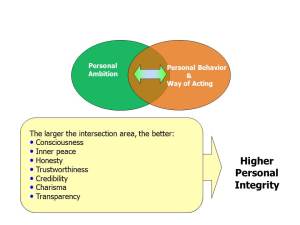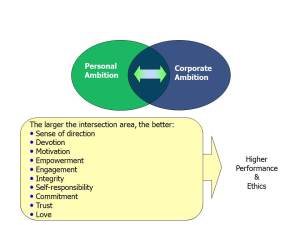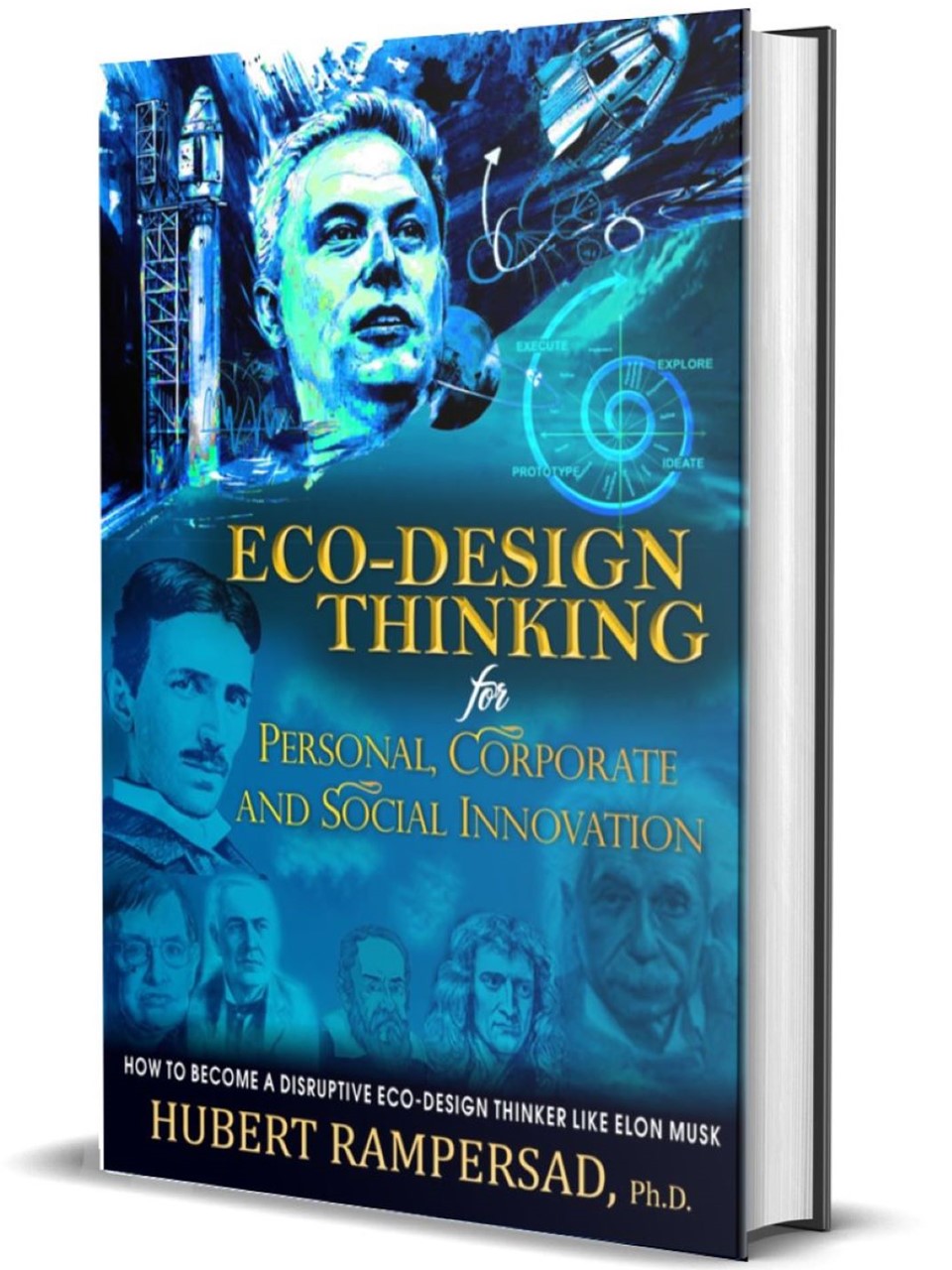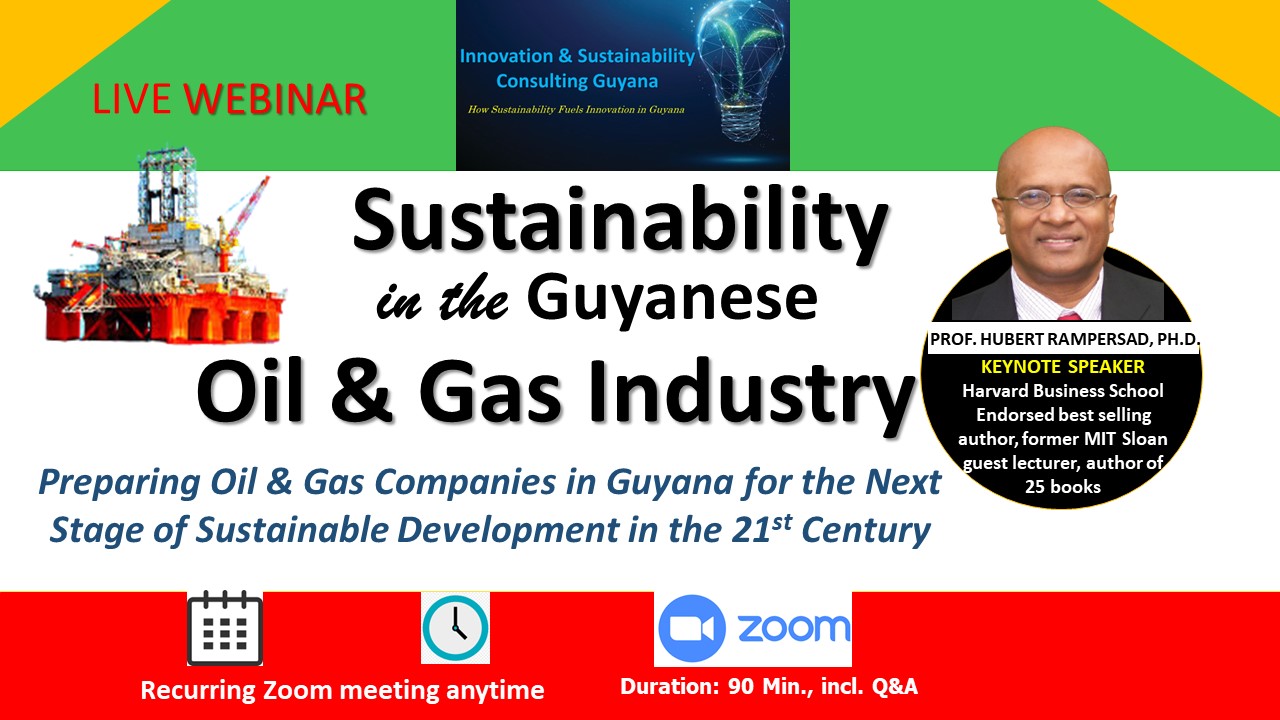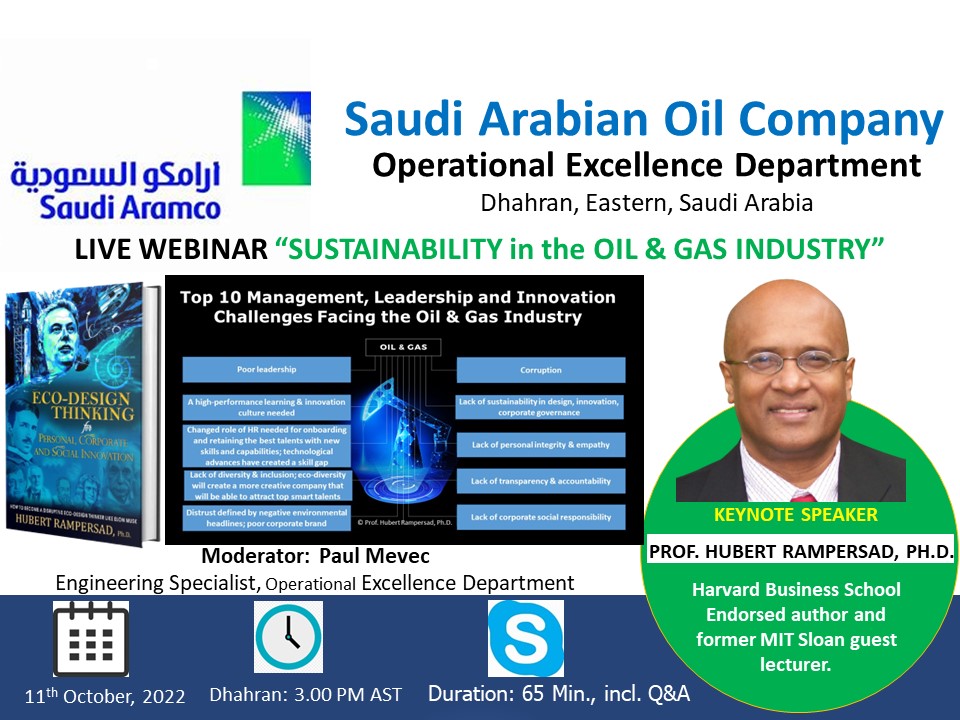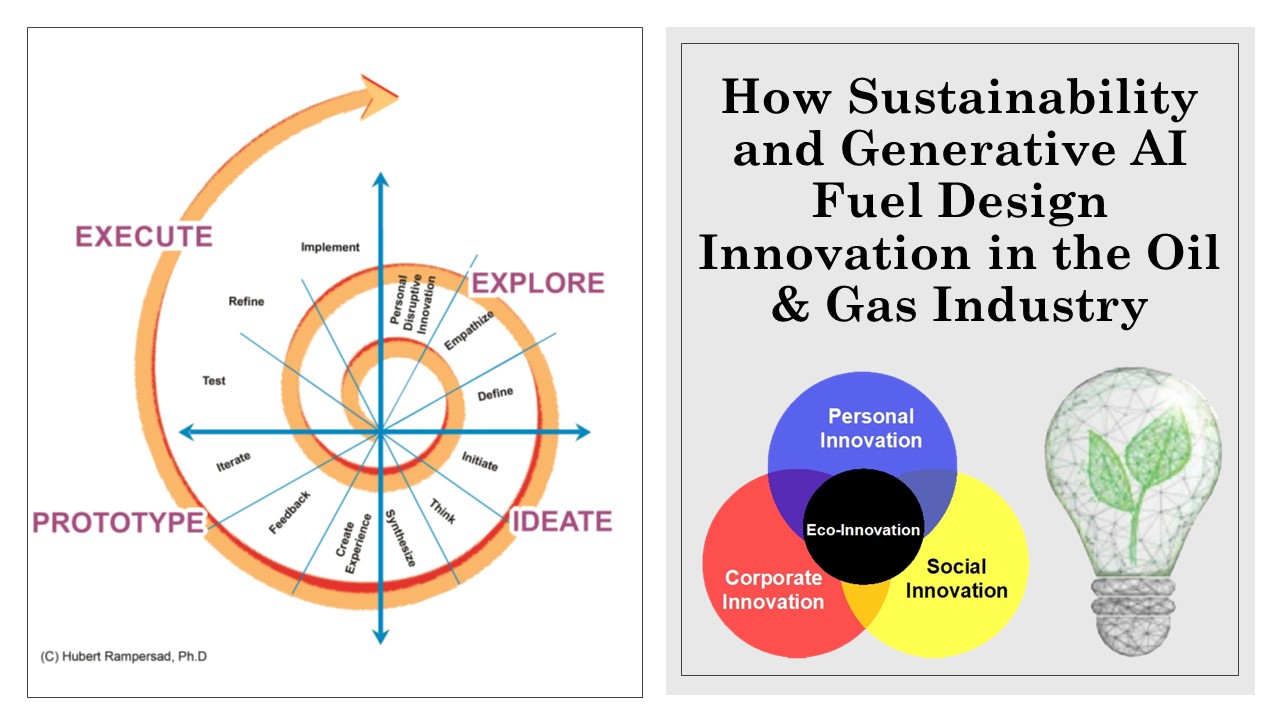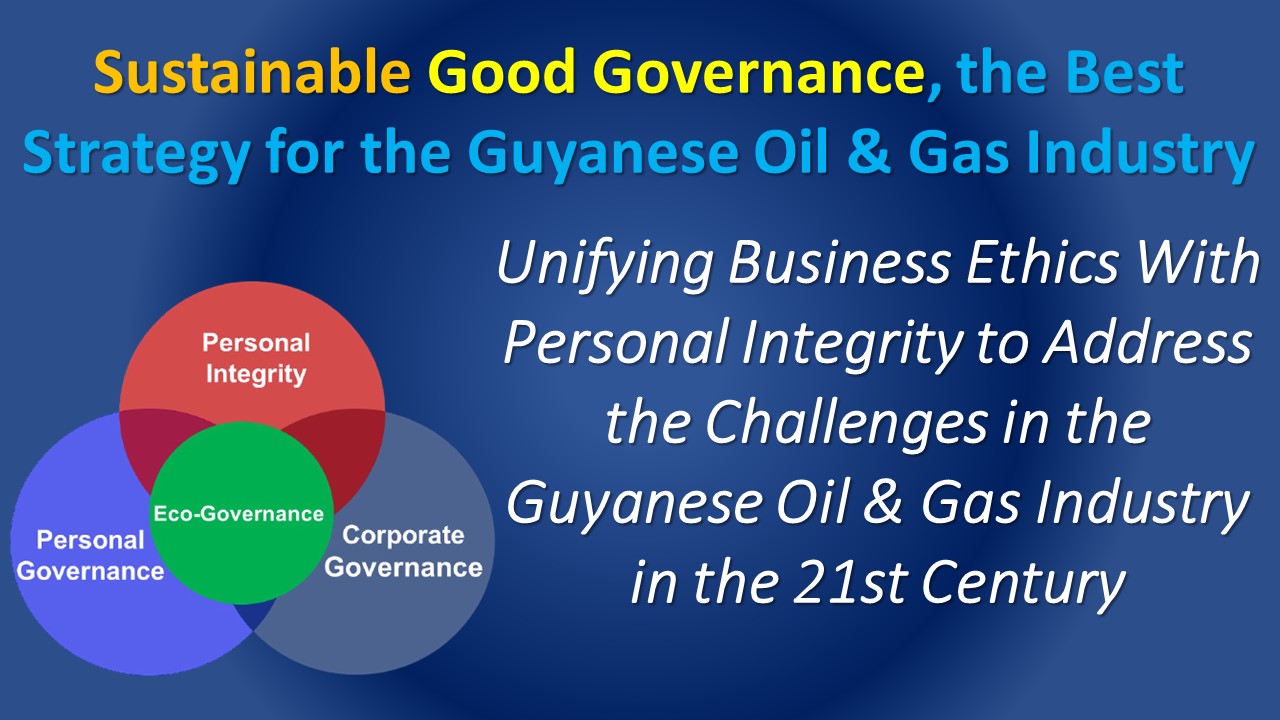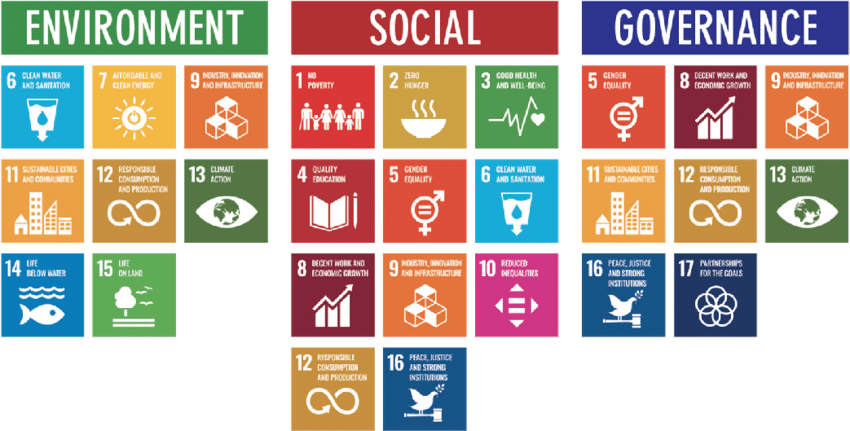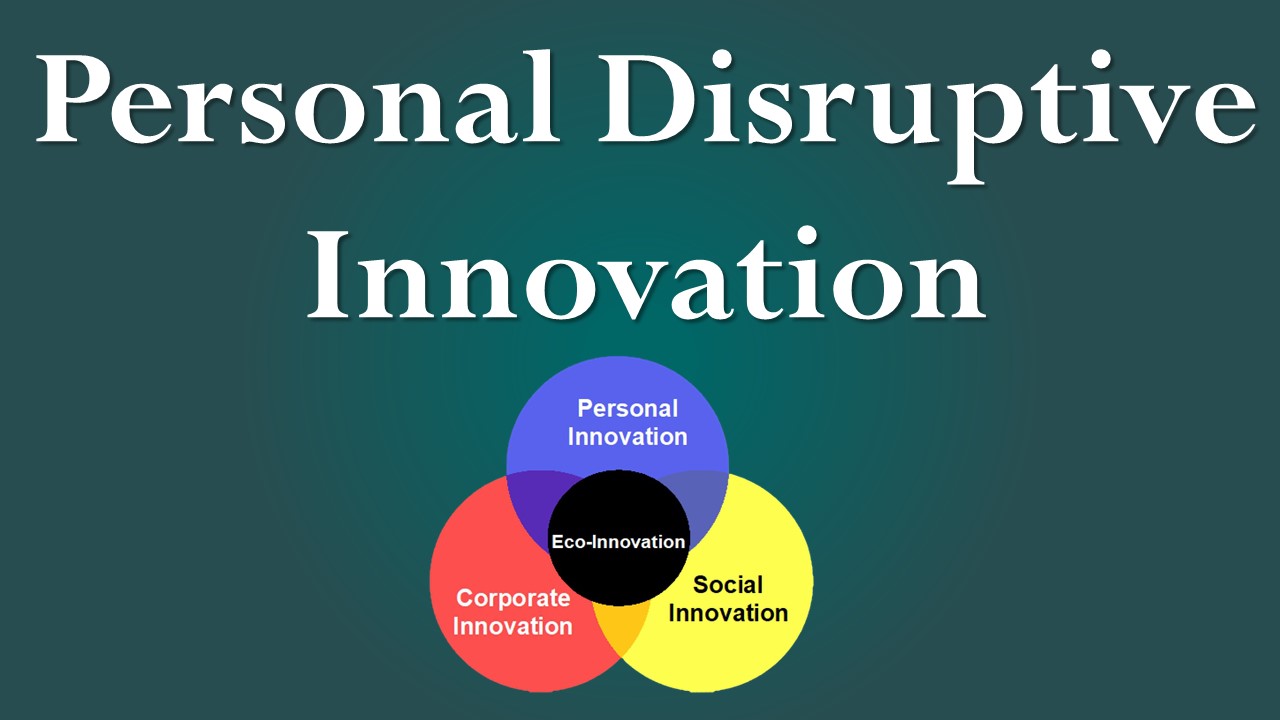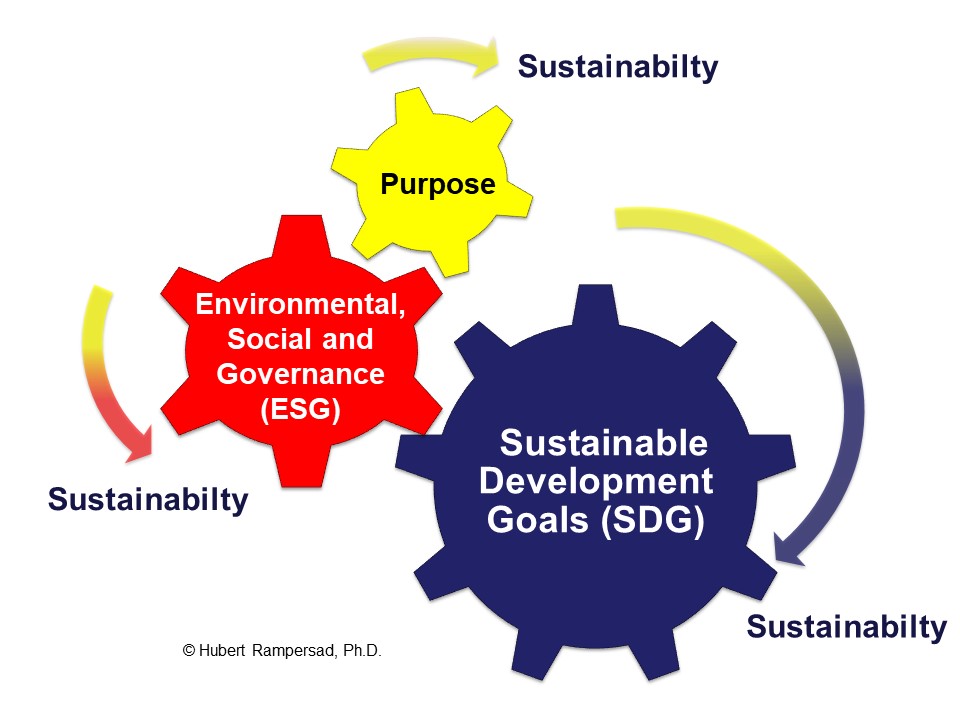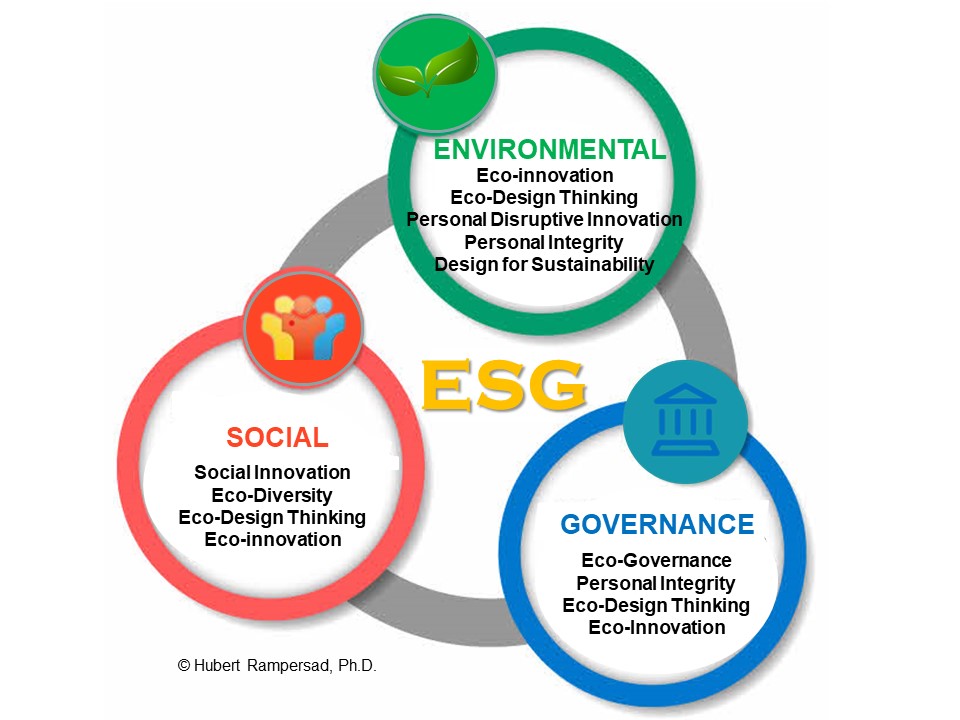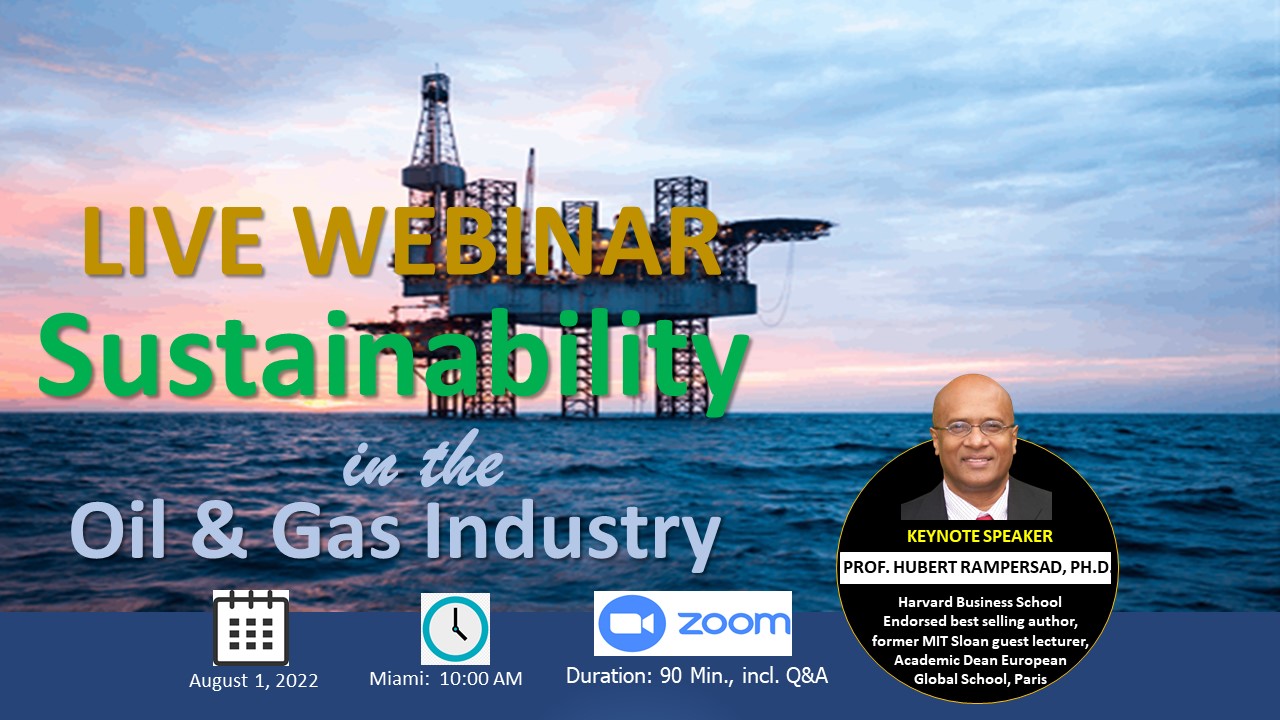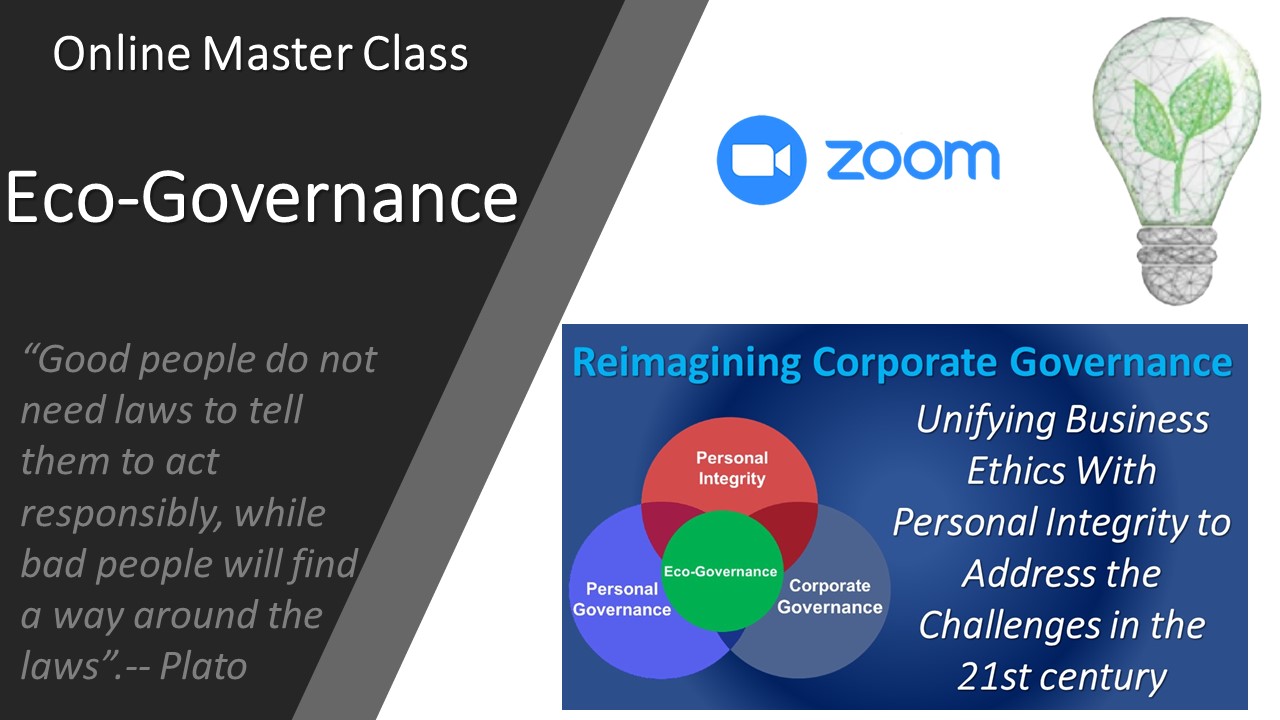Sustainable Family Businesses
Building the Future of Work in Family Businesses | How Sustainability Fuels Successful Family Businesses
“Empathy is just what is needed to make the world a better place for all animals and humans. Personal integrity is the foundation of empathy, in which there is no room for ego”. — Hubert Rampersad
“Sustainability is a holistic and ethical system in which humans and nature can exist in harmony for a very long period of time. It starts with you.”– Hubert Rampersad
“There is such a need for a complete rebirth of trust in our leaders. Somewhere along the line they lost their authenticity, humility, and integrity, and in doing so they have lost their empathy and inner alignment“– Hubert Rampersad
Owing to the lessons learned throughout the COVID-19 crisis, it is high time to design a better world that is characterized by empathy, personal integrity, non-racialism, nature friendly, smart working, circularity, a changed role of HR, good governance, and ethical leadership. The significant feature of this better world entails SUSTAINABILITY, that is, sustainability in sustainability, innovation, design, HR, leadership, diversity & inclusion, corporate governance, family businesses, oil & gas, and management & design innovation education, as shown in this Figure.
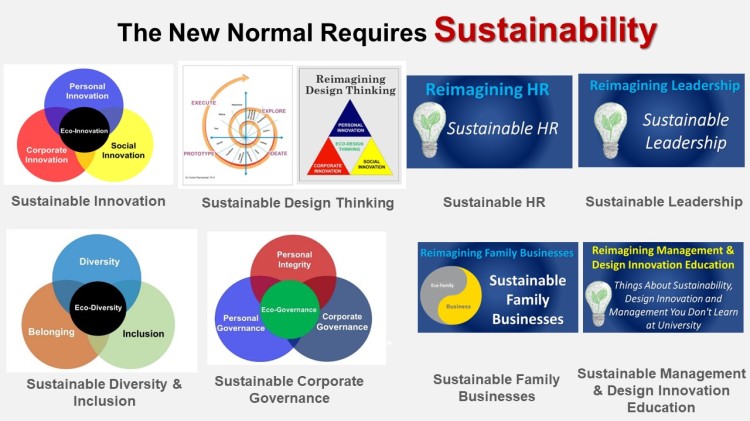
In my article “HOW TO DESIGN A BETTER WORLD“, I discussed in detail how to design this better world sustainably. This article focusses on sustainability in family businesses.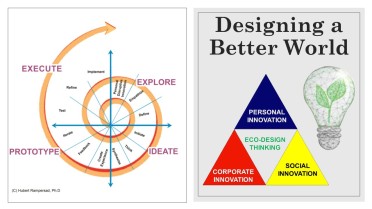
“We need to address the real roots of climate change, not just the symptoms. People’s personal integrity needs to be tackled, which is awareness about their behavior and actions on human beings, animals, and plants. This is the foundation of empathy. Climate change actions need good people. The world is full of bad people, which is probably the reason why so few engage in climate change”. — Hubert Rampersad. I refer to my article “Design For Sustainability” and my webinar “A New Way to Think about Sustainability”.
In addition to this, designing a better world requires a new way of thinking. Remember what Einstein said: “We cannot solve our problems with the same thinking we used when we created them”. This new way of thinking I call eco-design thinking. It is the creative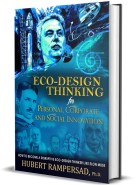 process of empathizing with yourself, the end user, and the environment. I refer to my new book “Eco-Design Thinking for Personal, Corporate and Social Innovation; How to Become a Disruptive Eco-Design Thinker Like Elon Musk“. Read the excerpt of this book, which is about reimagining design and innovation. Read also “10 Ways to Kill Creativity, Sustainability, and Innovation”.
process of empathizing with yourself, the end user, and the environment. I refer to my new book “Eco-Design Thinking for Personal, Corporate and Social Innovation; How to Become a Disruptive Eco-Design Thinker Like Elon Musk“. Read the excerpt of this book, which is about reimagining design and innovation. Read also “10 Ways to Kill Creativity, Sustainability, and Innovation”.
Family Businesses Need a New Way of Thinking
Family businesses leaders require a new way of thinking, which I call eco-design thinking. The difference between traditional way of thinking and eco-design thinking is shown in this figure. It’s about a fixed mindset versus a growth mindset.
Family Businesses Need Sustainability
Research shows that there are billions frozen in family businesses because of disputes between the siblings of the families after the death of the founders of the company. These disputes are caused by a climate of distrust, poor transfer of leadership from one generation to the next, crisis of succession, the next generation does not know how to carry things forward successfully, leader does not know how to manage conflicts effectively, no alignment of the family corporate goals with the goals of the siblings, leader does not know how to manage family organizational change effectively, and unethical behaviors of family members. About 98 percent of the companies operating in the Gulf Cooperation Council (GCC) are family-owned firms. About 33% of these companies are run by the second generation of the family, 15% are managed by the third generation of the family and only 4% of the companies are operated by the fourth generation of the family. There is a need for continuity of family businesses because these companies’ contribution to the GDP is about 22-30% percent. Family businesses should therefore be managed in a more professional, innovative, ethical, and humanized way, by strengthening the entrepreneurial leadership skills, personal integrity, personal innovation, and empathic behavior of the next generations.
Family businesses in Europe, Americas, and Asia face similar challenges. In this article, I provide a holistic and authentic framework and specific tools to enable family businesses to effectively create a high-performance culture in which eco-innovation, authenticity, integrity, agility, inclusion, and empathy are embedded.
Family Businesses Need Eco-Innovation
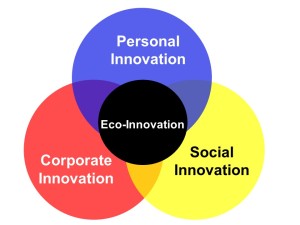 Family businesses need econ-innovation to survive in the new normal. “Today’s complex world requires sustainable innovation. Traditional innovation approaches are not sustainable because they are not holistic. They are cosmetical, theatrical, and cozy. They don’t fit in my definition of real sustainability: Sustainability is a holistic and ethical system in which humans and nature can exist in harmony for a very long period of time”-— Hubert Rampersad.
Family businesses need econ-innovation to survive in the new normal. “Today’s complex world requires sustainable innovation. Traditional innovation approaches are not sustainable because they are not holistic. They are cosmetical, theatrical, and cozy. They don’t fit in my definition of real sustainability: Sustainability is a holistic and ethical system in which humans and nature can exist in harmony for a very long period of time”-— Hubert Rampersad.
Traditional innovation approaches taught at fancy business schools and universities are causing massive damages in society. Eco-innovation consists of personal innovation, corporate innovation, and social innovation, as shown in this figure. I refer to my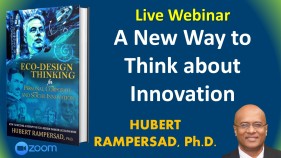 articles “The Future of Innovation“ and “The Future of Higher Management Education”. Check also my webinar: “A New Way to Think about Innovation“.
articles “The Future of Innovation“ and “The Future of Higher Management Education”. Check also my webinar: “A New Way to Think about Innovation“.
Family Businesses Need Eco-Design Thinking
Family businesses in the new normal also need eco-design thinking. Traditional design thinking approaches are mainly process-driven, focused on analytical thinking and how to follow design steps, cozy meetings, how to complete related tasks in certain order and how to use design tools. They do not inspire imagination effectively. There are so many products badly designed due to this. This Figure shows the top-10 causes of bad designs.
In my article “HOW TO DESIGN A BETTER WORLD “, I have introduced a new eco-design thinking model that that is more suitable for family businesses in the new normal. It entails an iterative, incremental, cyclic and concentric process of exploring, ideating, prototyping, and executing, as shown in this figure.
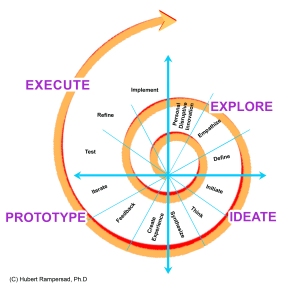
Eco-design thinking is a circular and iterative process that never ends; it’s a continuous process of testing and refining your design, while empathizing with yourself, the user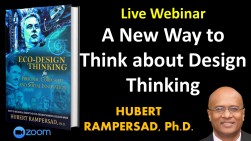 and the environment. Check also my webinar: “A New Way to Think about Design Thinking”.
and the environment. Check also my webinar: “A New Way to Think about Design Thinking”.
Family Businesses Need Inner Strength and Resilience Through Personal Disruptive Innovation
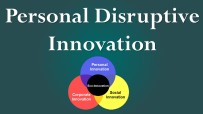 My eco-design thinking model starts with personal disruptive innovation to understand, explore and (re)design oneself before solving the design problem. First, you need to inculcate disruptive skills and become innovative and empathic in order to be able to develop innovative designs for the end users. Personal disruptive innovation is based on this model:
My eco-design thinking model starts with personal disruptive innovation to understand, explore and (re)design oneself before solving the design problem. First, you need to inculcate disruptive skills and become innovative and empathic in order to be able to develop innovative designs for the end users. Personal disruptive innovation is based on this model:
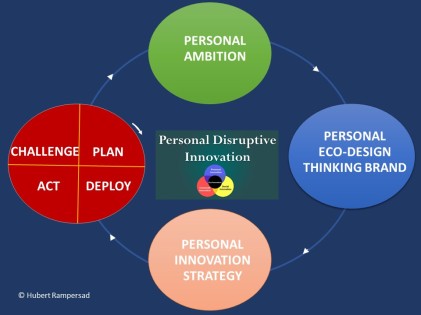
Read “4 Steps to Become Resilient and Cultivate a Growth Mindset“. This system unleashes your creative potential, creates new personal opportunities, disrupts your existing target market, and enables you to make a significant social impact. It is based on a framework and roadmap to build resilience, explore and (re)design your life, and develop your personal eco-design thinking brand and personal integrity.
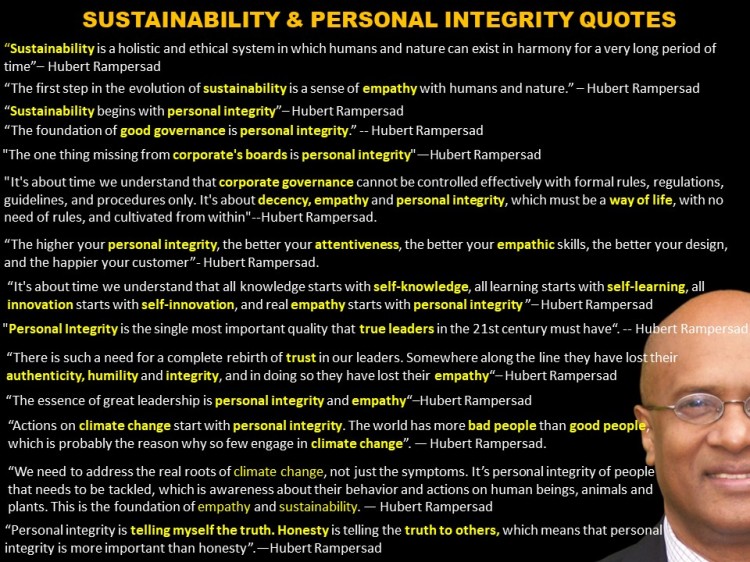
Family Businesses Need Personal Integrity and Empathy
The one thing missing from the board of directors in many large family businesses is personal integrity. The essence of leadership within family companies is personal integrity and empathy. This involves finding the proper balance between your personal ambition and your behavior and actions (alignment with yourself), as shown in below Figure.
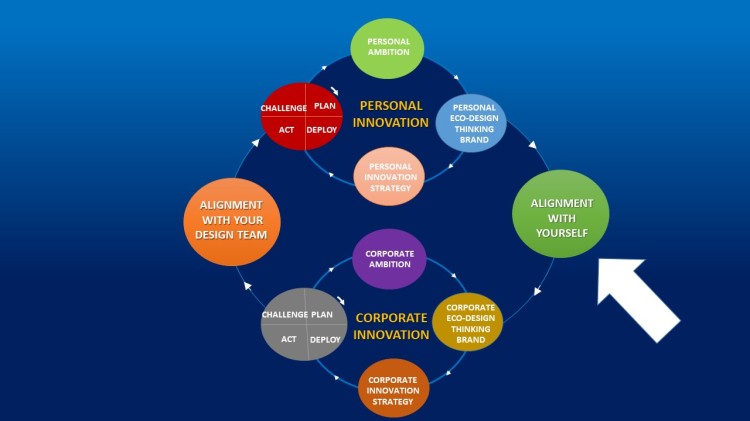
Eco-design thinking also entails aligning personal innovation with corporate innovation, alignment with yourself (to enhance personal integrity and empathy) and alignment with your design team (to enhance designer’s engagement), as shown in above Figure. How to align with yourself, is described in my articles “Reimagining Leadership“ and “ How to Cultivate Empathy”.
How to Cultivate Empathy”.
Family Businesses Need Eco-Governance
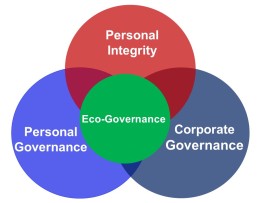 Many large family companies have very nice good governance rules and very beautiful code of ethics implemented by very expensive Big Four Firms that created a very stable basis for more corruption. They need a more sustainable approach of corporate governance, with personal integrity as basis. I refer to my article “Reimagining Corporate Governance“.
Many large family companies have very nice good governance rules and very beautiful code of ethics implemented by very expensive Big Four Firms that created a very stable basis for more corruption. They need a more sustainable approach of corporate governance, with personal integrity as basis. I refer to my article “Reimagining Corporate Governance“.
Family Businesses Need Eco-Diversity
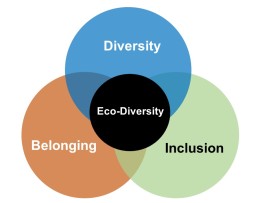 There is no room for racism and discrimination in family businesses in the new normal. The new normal requires empathy. Leveraging diversity, inclusion, and belonging is key in developing empathy. I refer to my article “Eco-Diversity“.
There is no room for racism and discrimination in family businesses in the new normal. The new normal requires empathy. Leveraging diversity, inclusion, and belonging is key in developing empathy. I refer to my article “Eco-Diversity“.
Family Businesses Need a New HR System
There’s such a need to move the traditional HR focus in family businesses on compensation, rewards, benefits, payrolls, hiring & firing, and bureaucratical policies, and instead focus on fostering a sustainable culture of innovation in which personal innovation, personal integrity, trust, inclusion, belonging, passion, love, and employee alignment & engagement are embedded; by doing so happiness and productivity at work will increase and stress will be reduced. It is about time for HR managers in family businesses to understand that happy, ethical, and smart employees make happy customers. In my article “The Future of HR“, I introduced an effective methodology to realize this new HR sustainably. In this way you will realize the best fit between family members and family organization that will result in increased engagement and retention.
ESG
This Environmental Social Governance (ESG) model shows how the holistic concepts of eco-design thinking, eco-innovation, personal disruptive innovation, personal integrity, eco-diversity, and eco-governance are embedded in the ESG framework. Read also “Eco-Innovation in a Framework of Sustainability and Environmental Social Governance”.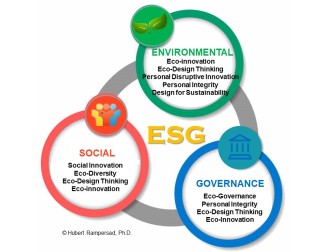
Family Businesses Need Female Innovative Entrepreneurial Leadership Branding for Daughters
This unique approach described above creates harmony, peace and trust between the siblings of the families and a stable basis for the continuity of family businesses. Until recently, a family business in the Middle East would follow the law of primogeniture – that is, it would be passed down to the oldest son. Nowadays, succession is possible via daughters, as well. My program “Female Innovative Entrepreneurial Leadership” is specially designed for daughters. The current 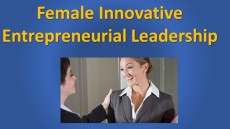 generation is not necessarily following in the footsteps of the previous one, instead choosing to follow their own career paths (which may not involve working in the family business). This leadership branding program will help them to make the right choices in their life, based on their dreams and align these with their passion. It will also focus on empowering the next generation effectively to carry things forward successfully and passing on the torch correctly to enable a smooth transition.
generation is not necessarily following in the footsteps of the previous one, instead choosing to follow their own career paths (which may not involve working in the family business). This leadership branding program will help them to make the right choices in their life, based on their dreams and align these with their passion. It will also focus on empowering the next generation effectively to carry things forward successfully and passing on the torch correctly to enable a smooth transition.
Family Businesses Need an Innovative Family Charter and Smart Family Members
 Family businesses in the new normal need a family charter in which the family’s ambition (vision, mission, and core values) are aligned with the family business’s ambition, as discussed above. First, each family member should redesign, measure, and manage their life to become a smart and better human being, based on my methodology described in “Redesigning Your Life“. The transfer of leadership of a family business from one generation to the next will be much smoother based on this new innovative approach. It will ease the transfer from one generation to the next.
Family businesses in the new normal need a family charter in which the family’s ambition (vision, mission, and core values) are aligned with the family business’s ambition, as discussed above. First, each family member should redesign, measure, and manage their life to become a smart and better human being, based on my methodology described in “Redesigning Your Life“. The transfer of leadership of a family business from one generation to the next will be much smoother based on this new innovative approach. It will ease the transfer from one generation to the next.
Read further his article “How to Embed SDG, ESG and Purpose in Family Businesses”.
Live Webinar: A New Way to Think About Family Businesses
Online Training for Family Businesses:
This training entails above mentioned ingredients and is designed to accomplish several key objectives:
- How to manage family businesses effectively in a professional and result oriented way.
- Building the future of work in family businesses in which sustainable innovation, integrity, agility, inclusion, and empathy are embedded
• How to enhance the competitiveness of family businesses in a sustainable way by putting employees first, customers second and shareholders third.
• How to create a climate of trust, harmony, peace, love, passion, integrity and performance within family companies.
• How to transfer leadership of a family business from one generation to the next effectively.
• How to prevent a crisis of succession.
• How to empower the next generation effectively to carry things forward successfully.
• How to draft an innovative family charter. - How to develop entrepreneurial leadership skills.
- How to develop an ethical business culture and strengthen corporate governance.
- How to manage conflicts effectively.
- How to align the family corporate goals with the goals of the siblings.
- How to implement and manage family organizational change effectively.
- How to practice change leadership and personal skills that make it easier to foster buy-in to change across the family company.
Center of Excellence in Eco-Family Business
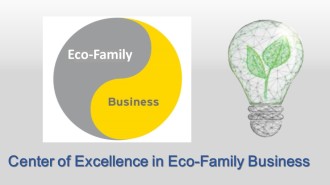 Orlando, Florida | tpsi@live.com | skype: h.rampersad |WhatsApp: +13053992116
Orlando, Florida | tpsi@live.com | skype: h.rampersad |WhatsApp: +13053992116
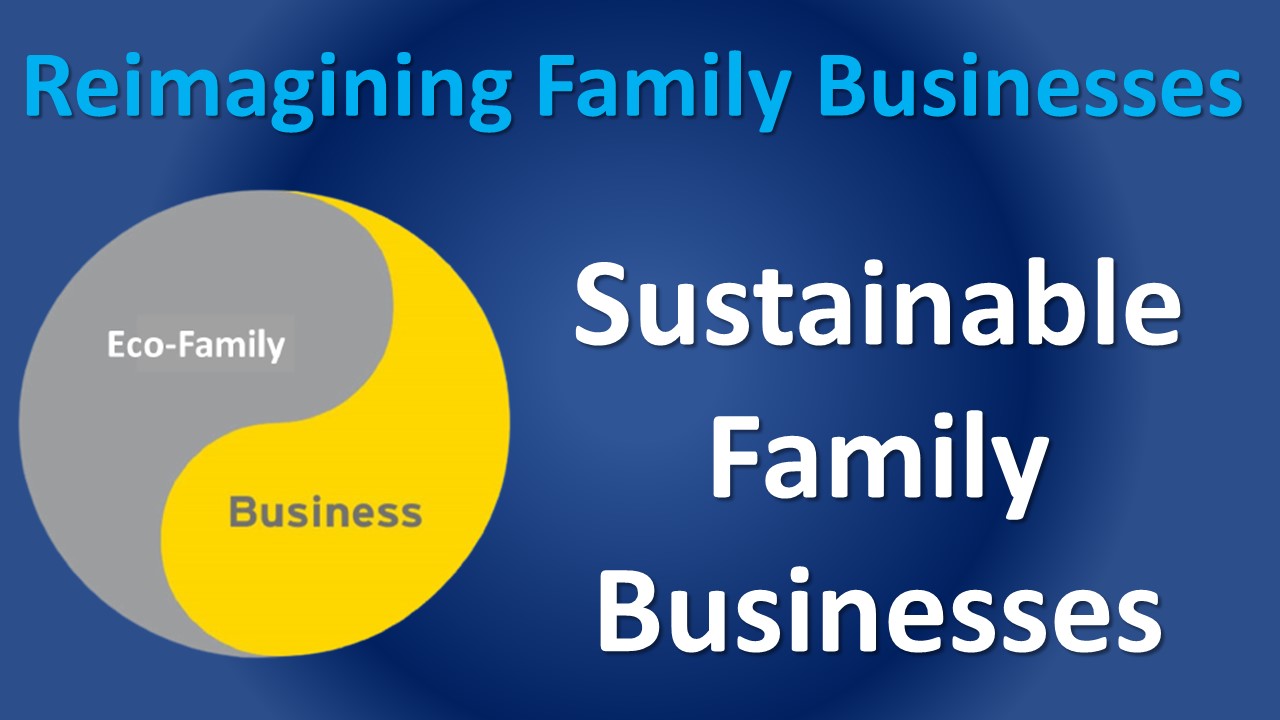
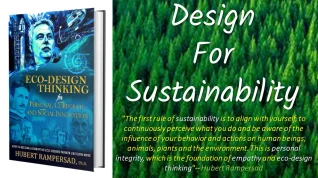
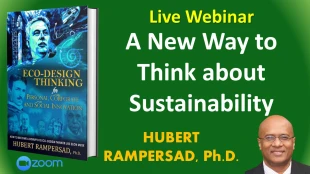

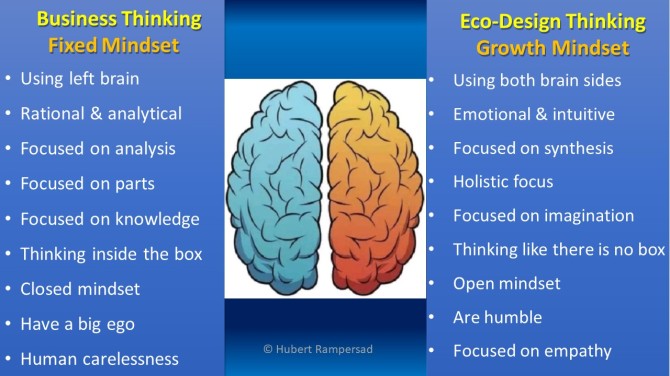
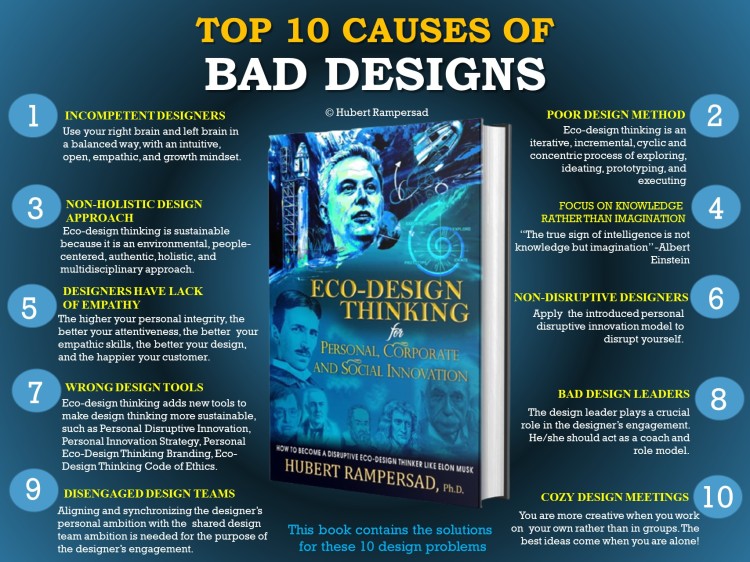
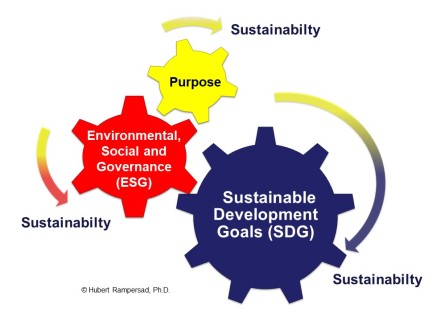
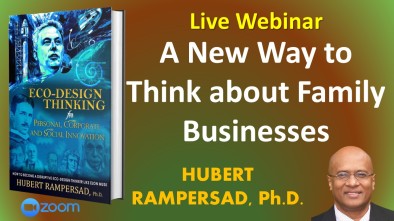

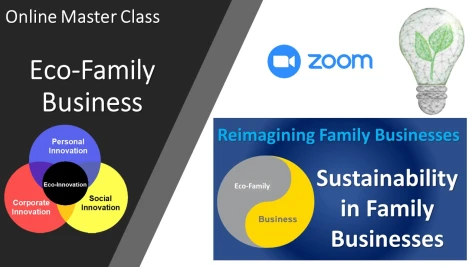
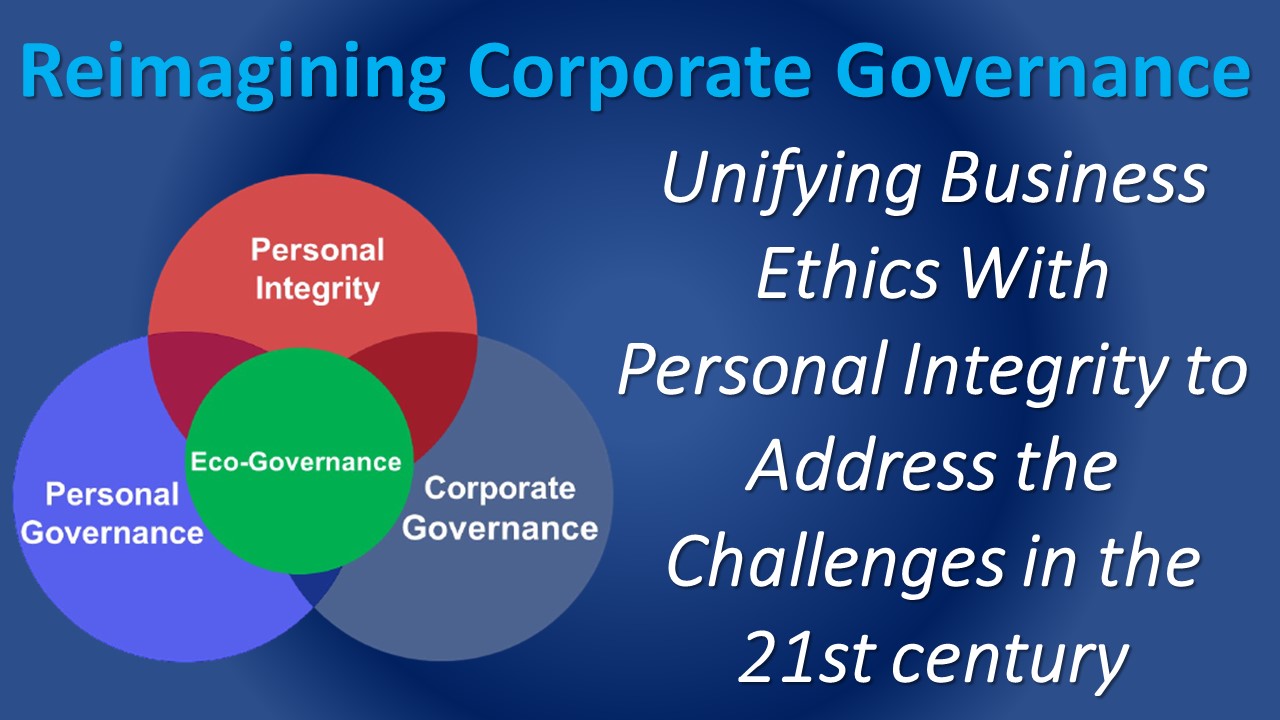
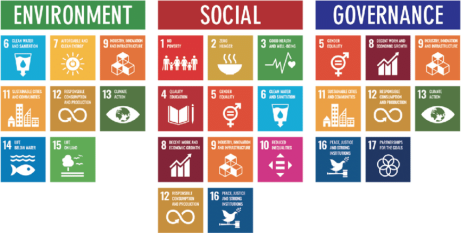
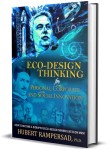

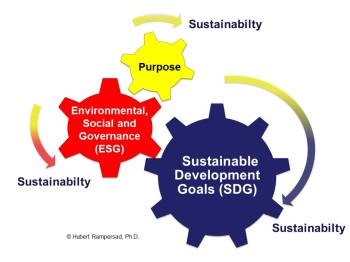
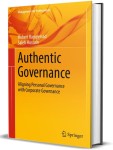
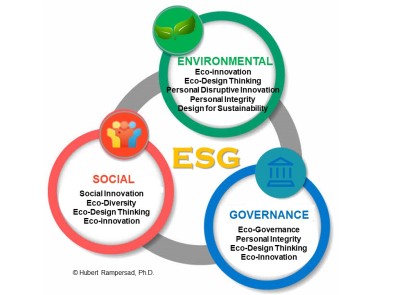
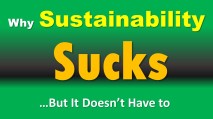
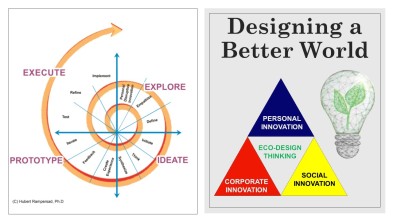
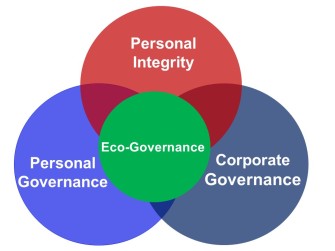



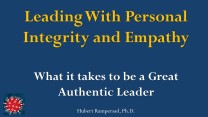
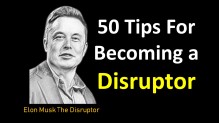
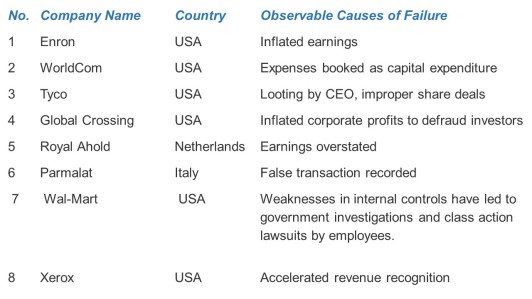
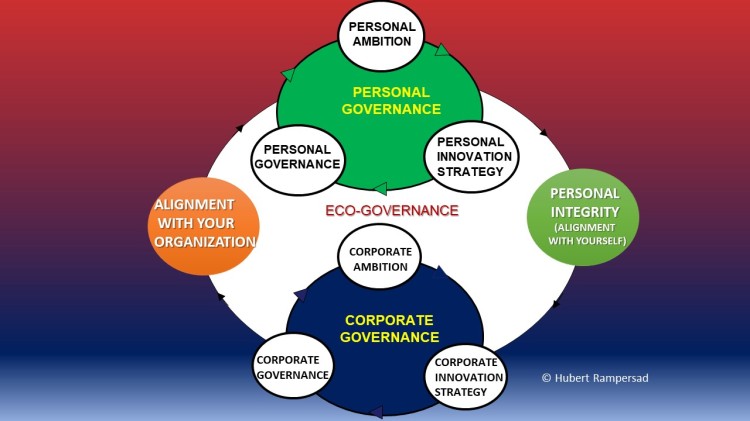
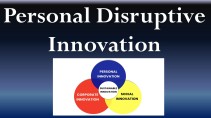
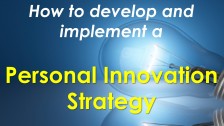 personal ambition, which I call a Personal Innovation Strategy (PIS). It’s about translating your personal ambition into action, which I have described in detail i
personal ambition, which I call a Personal Innovation Strategy (PIS). It’s about translating your personal ambition into action, which I have described in detail i
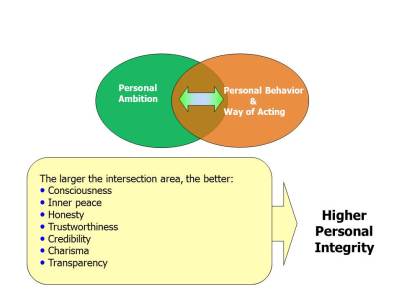
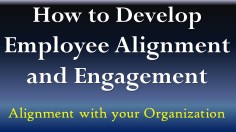
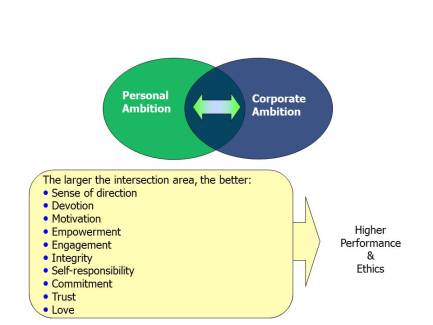
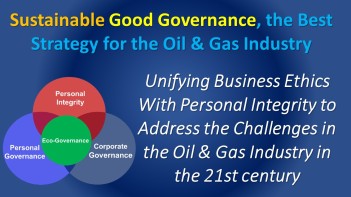
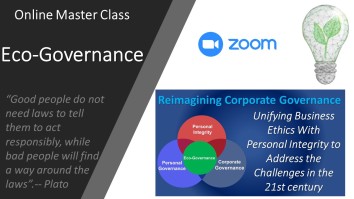
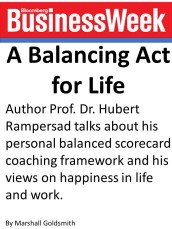

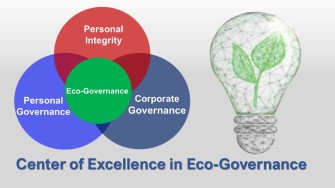
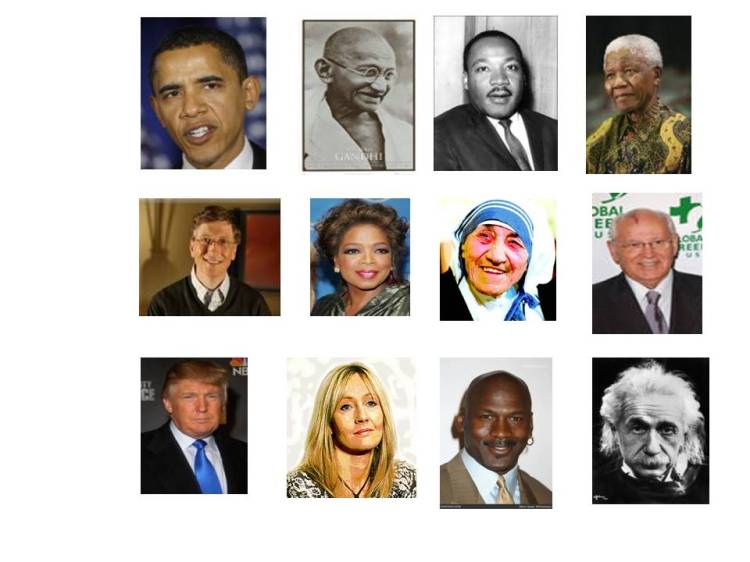 They all identified and leveraged their personal brand and responded to it with love and passion. …. What about you?
They all identified and leveraged their personal brand and responded to it with love and passion. …. What about you?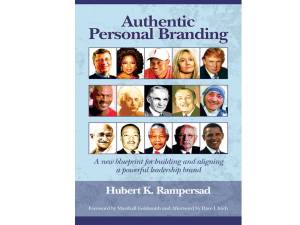
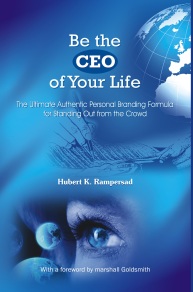
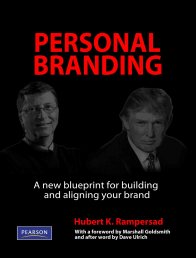



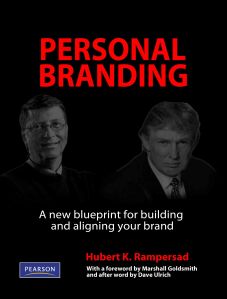
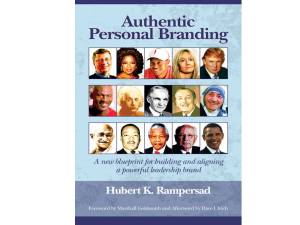
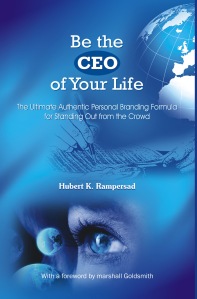
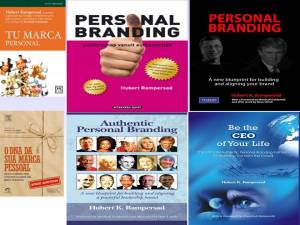

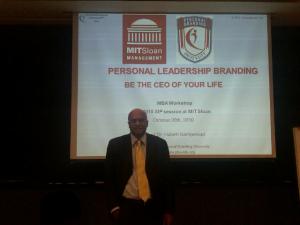
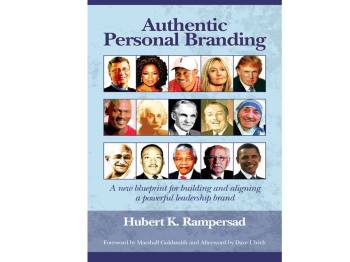
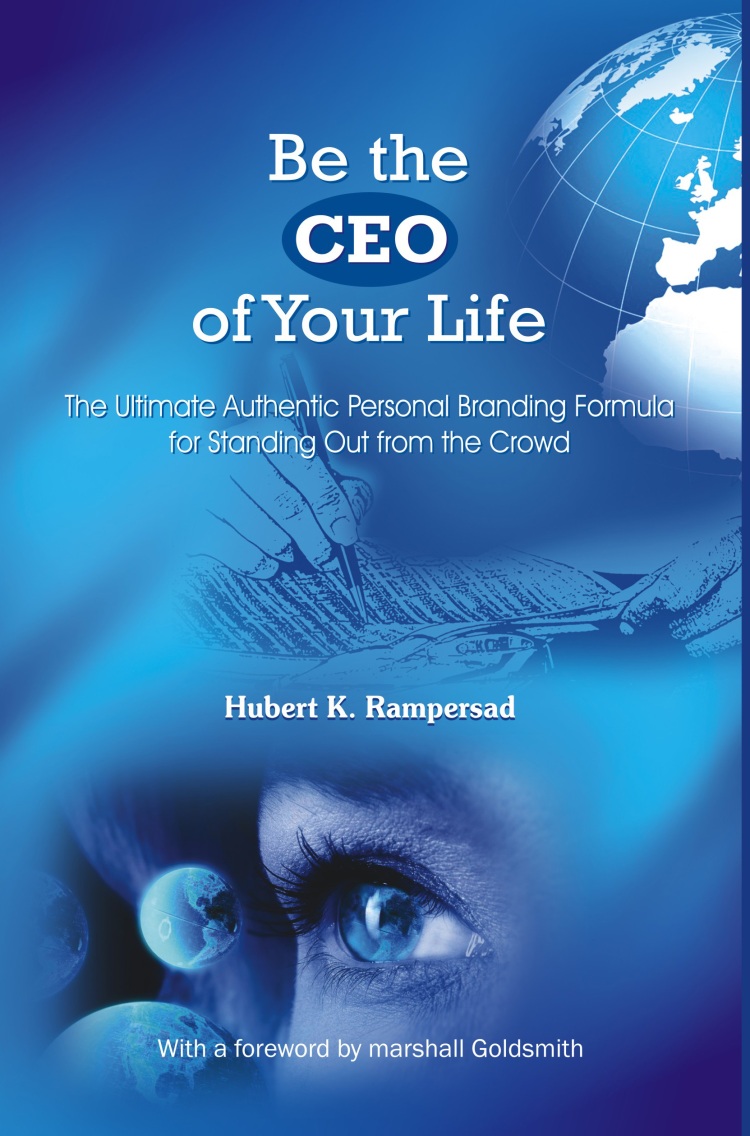



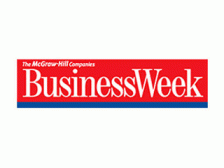

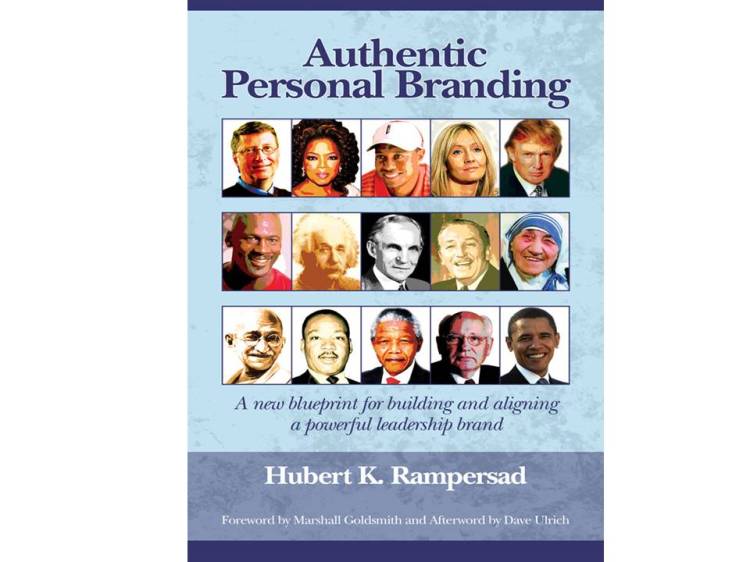
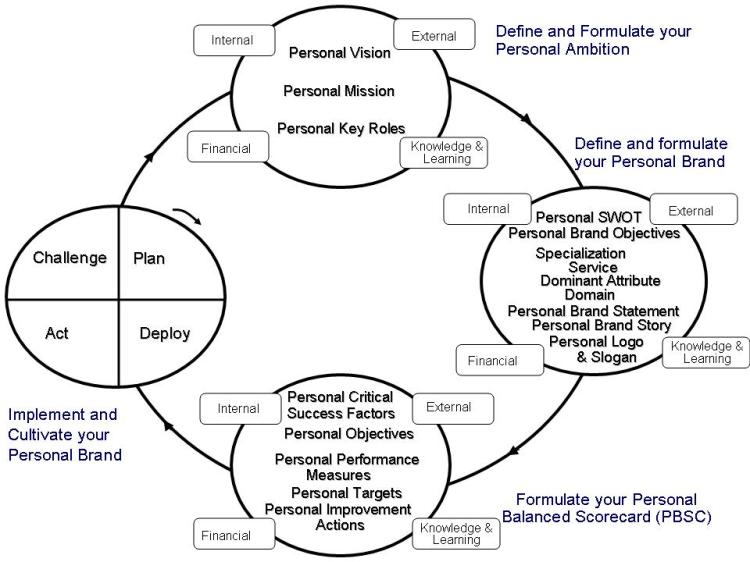
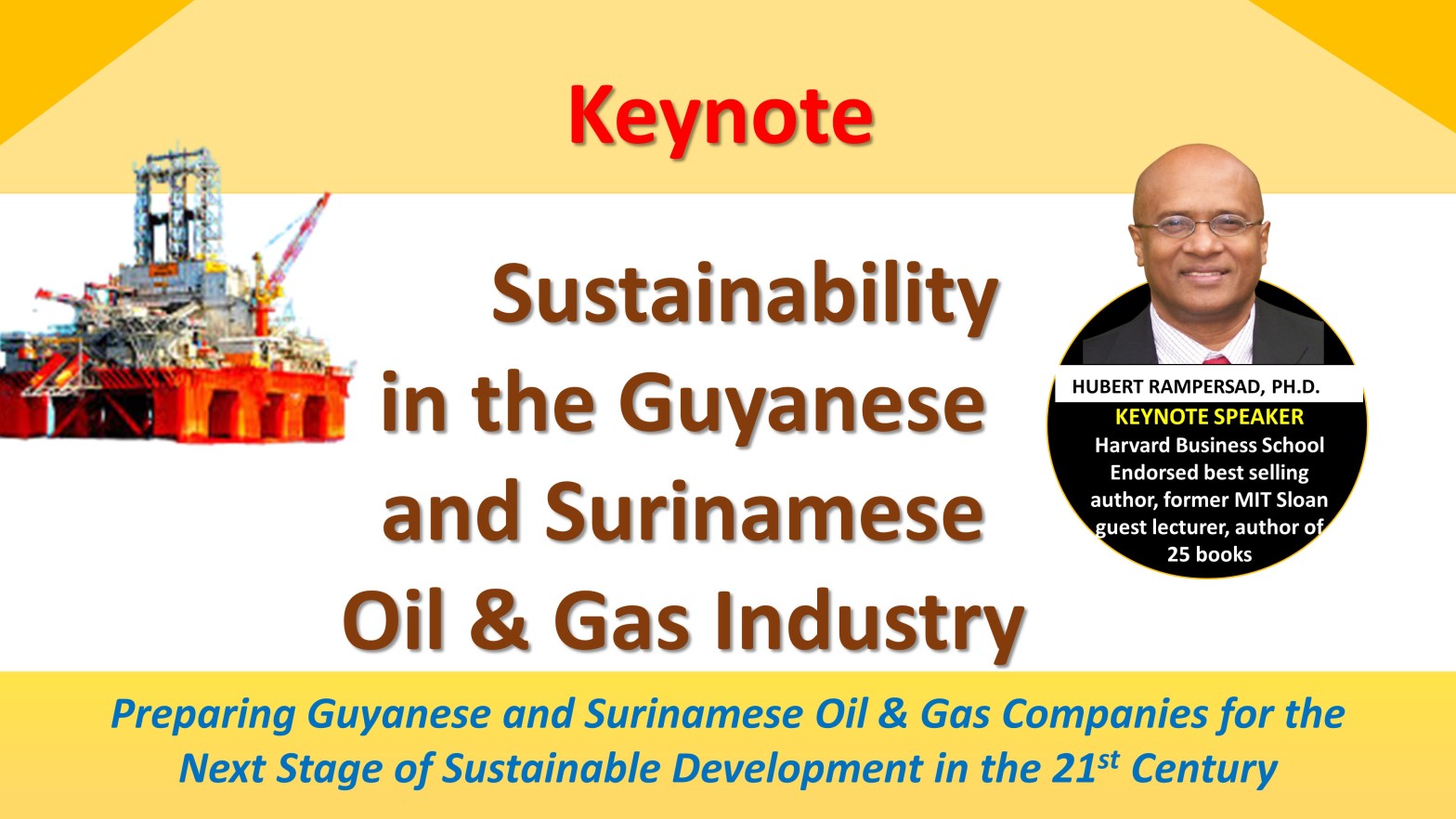
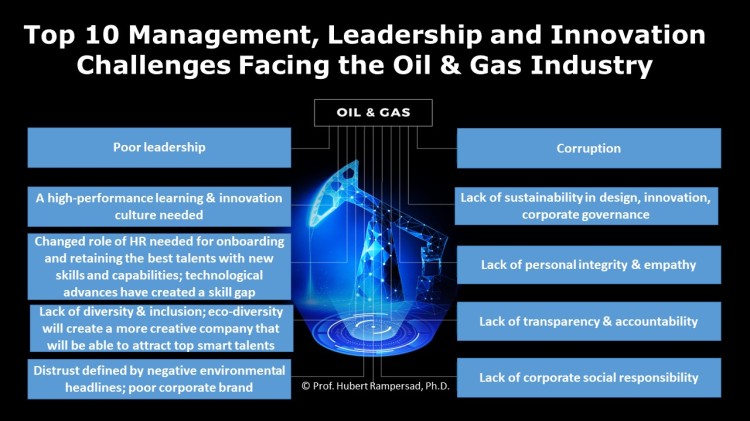
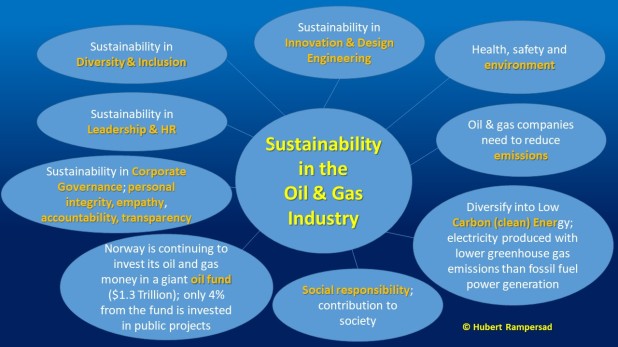
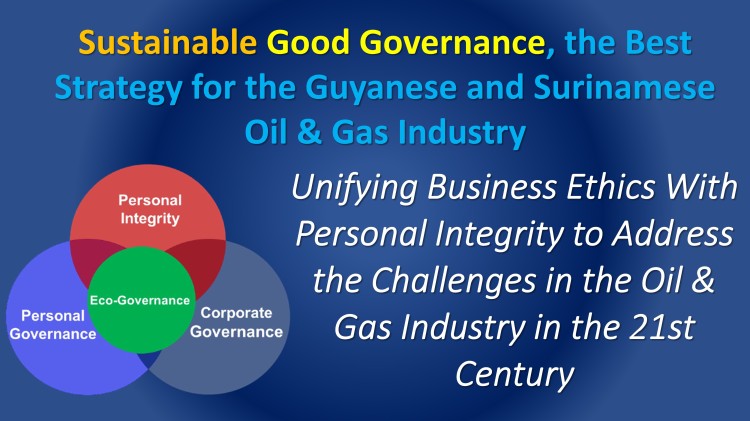
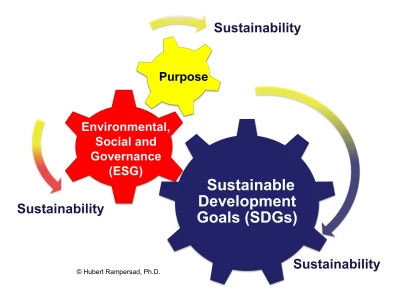

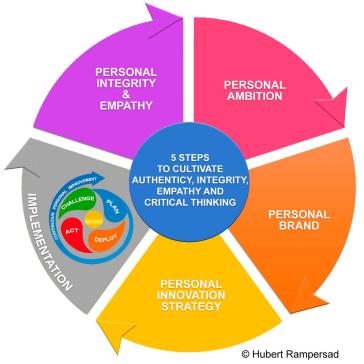
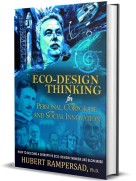
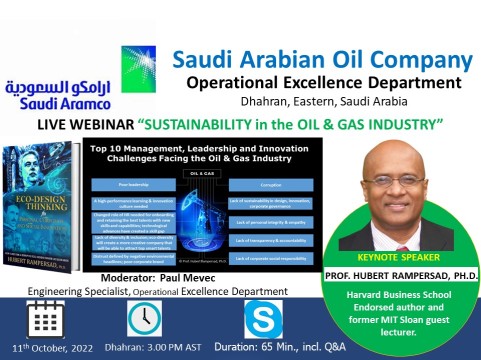
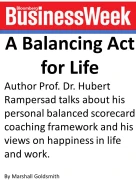

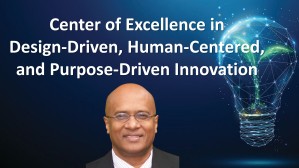
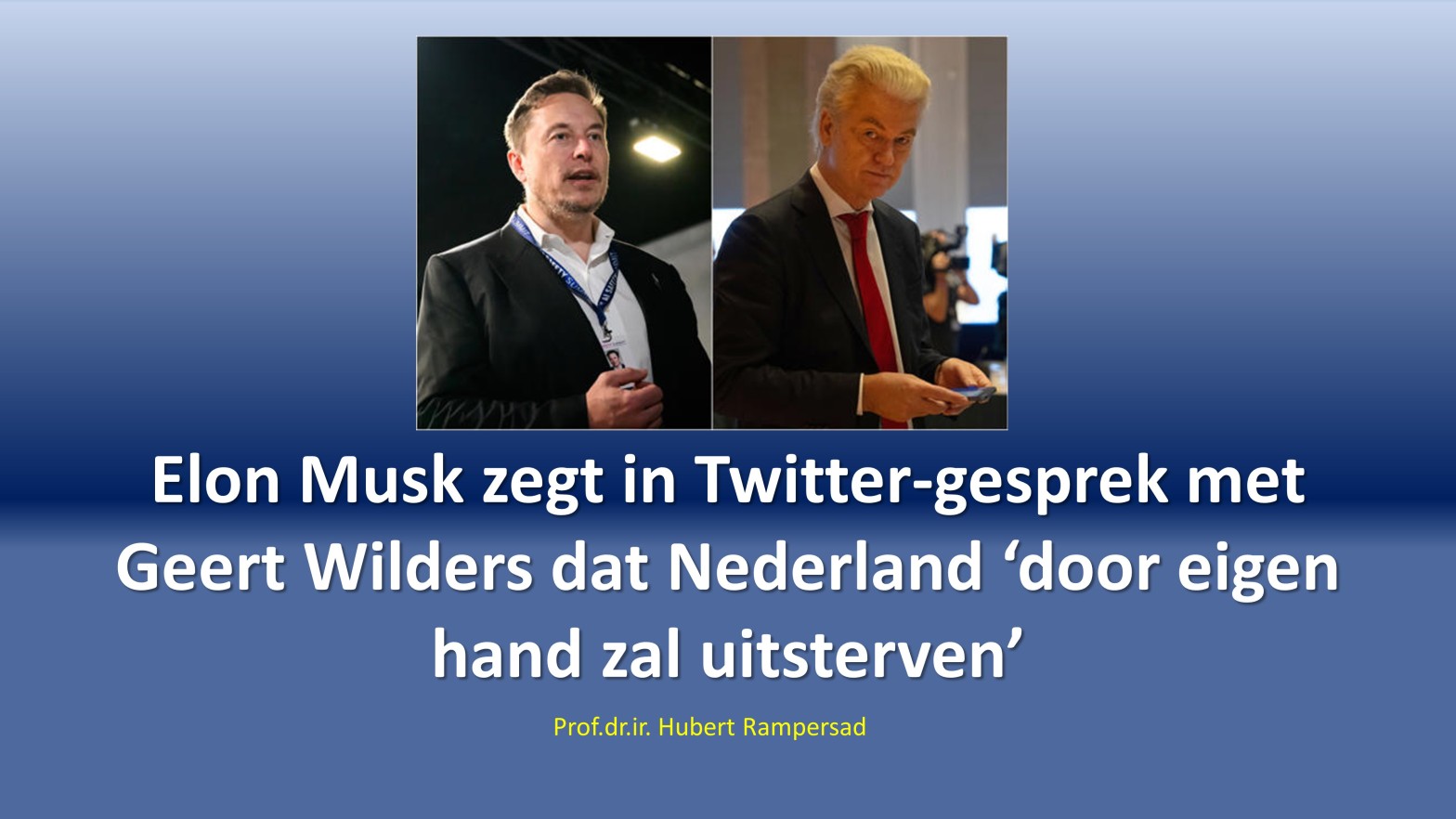
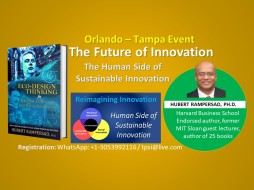

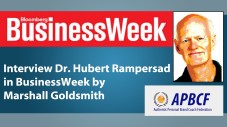

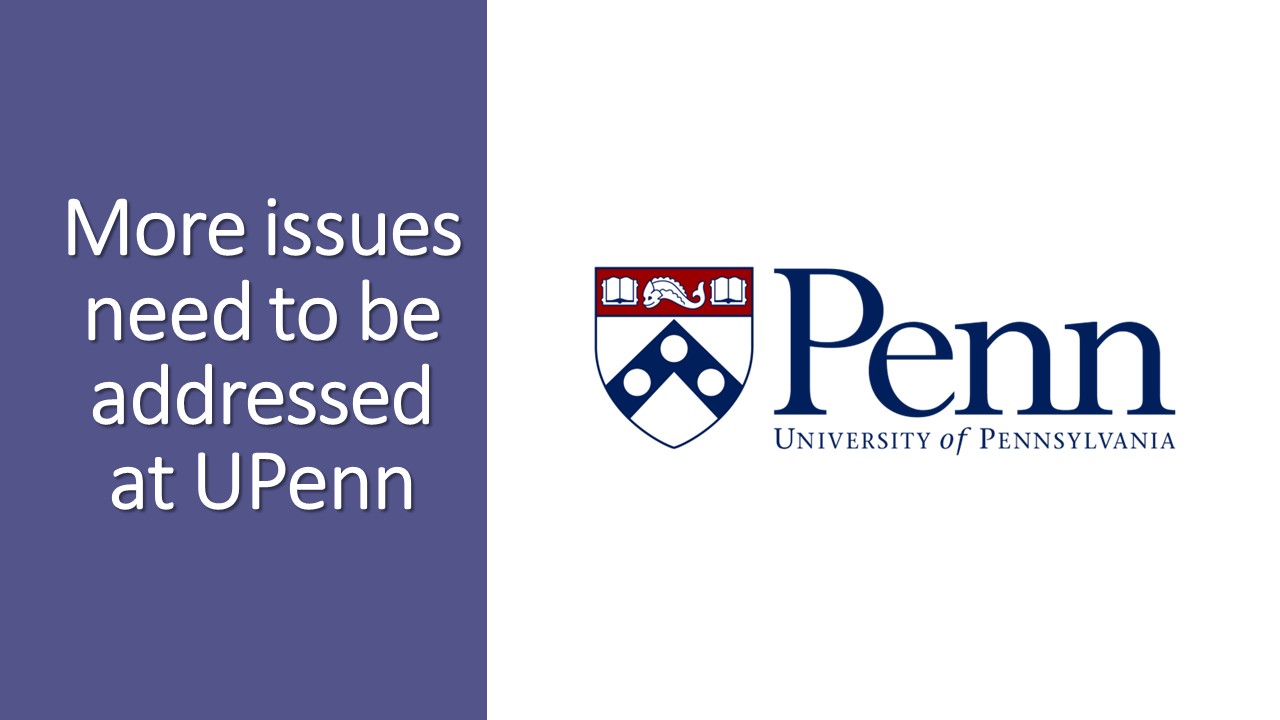
 to light the values of UPenn. Read also my article “
to light the values of UPenn. Read also my article “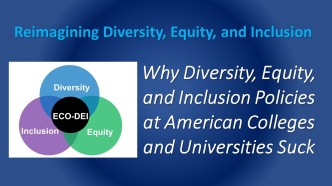
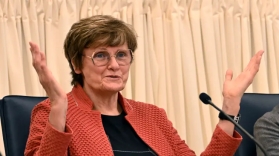
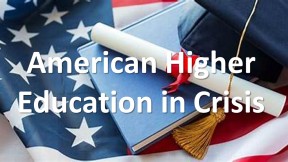
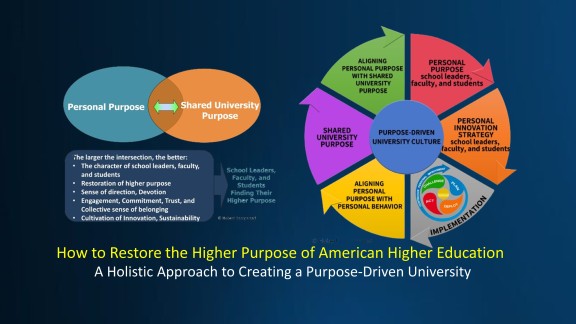
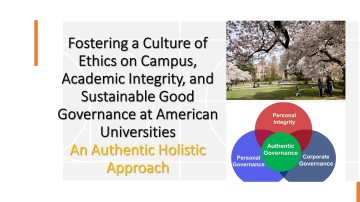
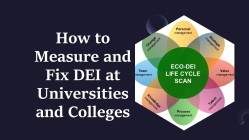
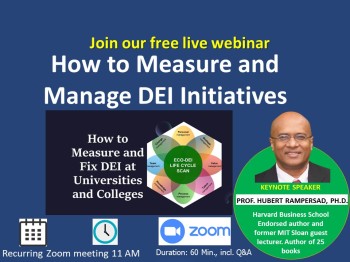
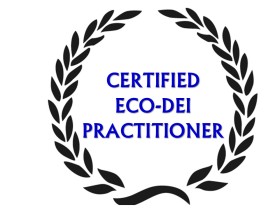
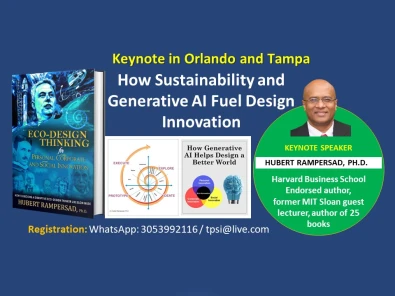
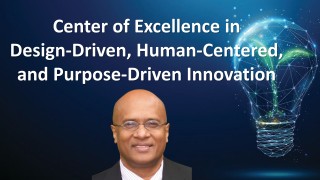
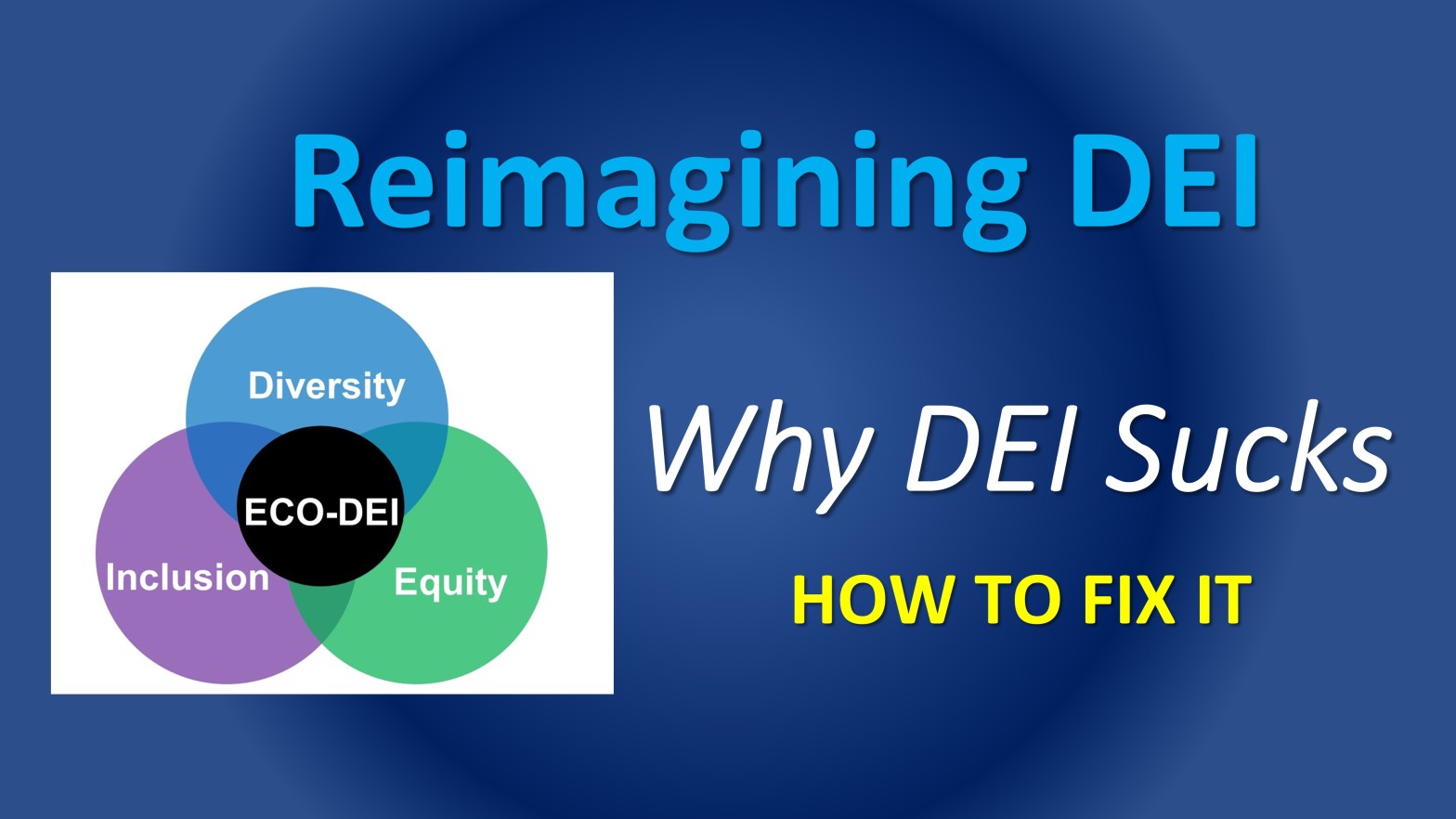
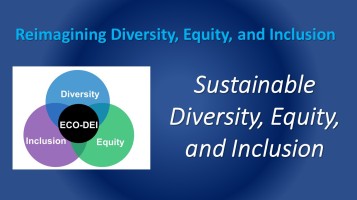

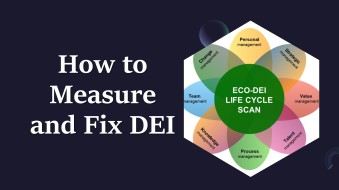
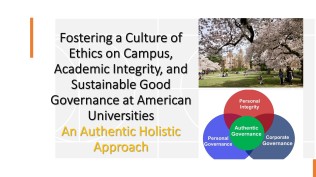
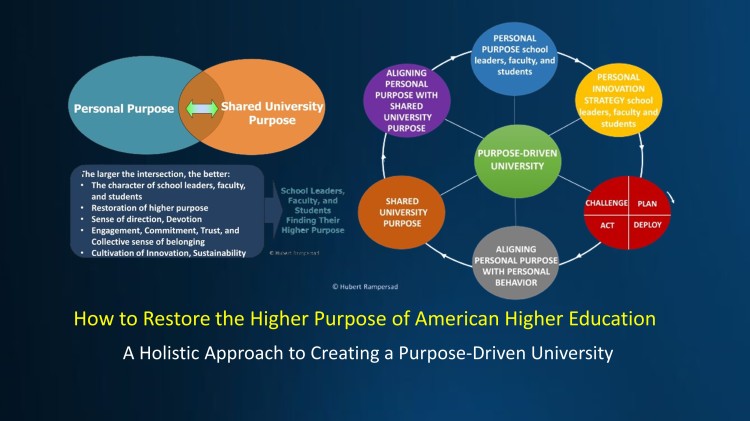
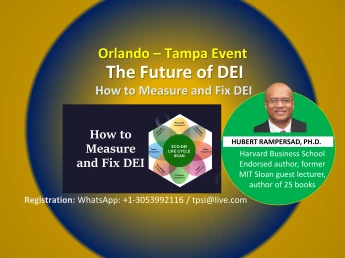
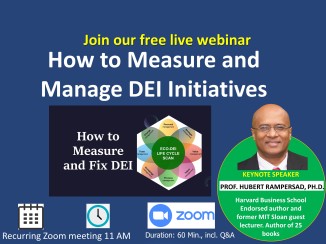
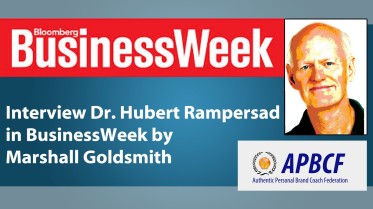
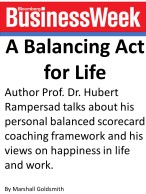
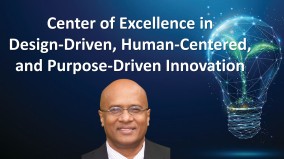
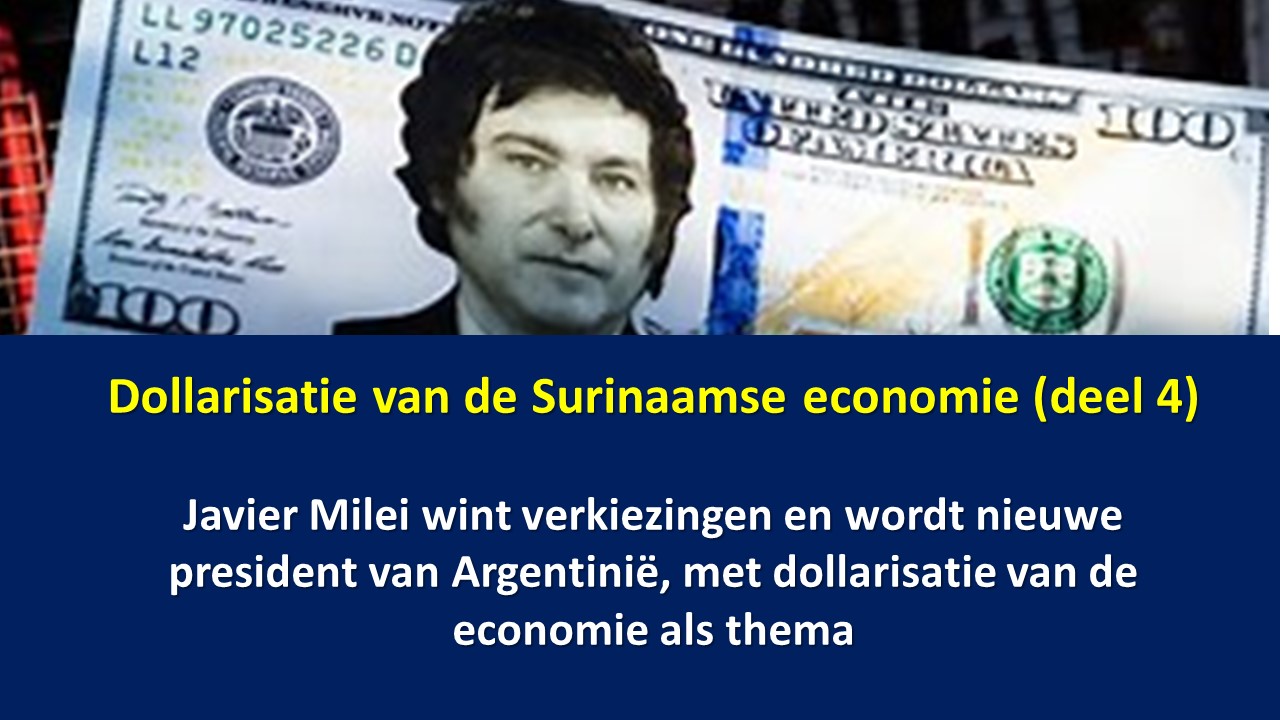

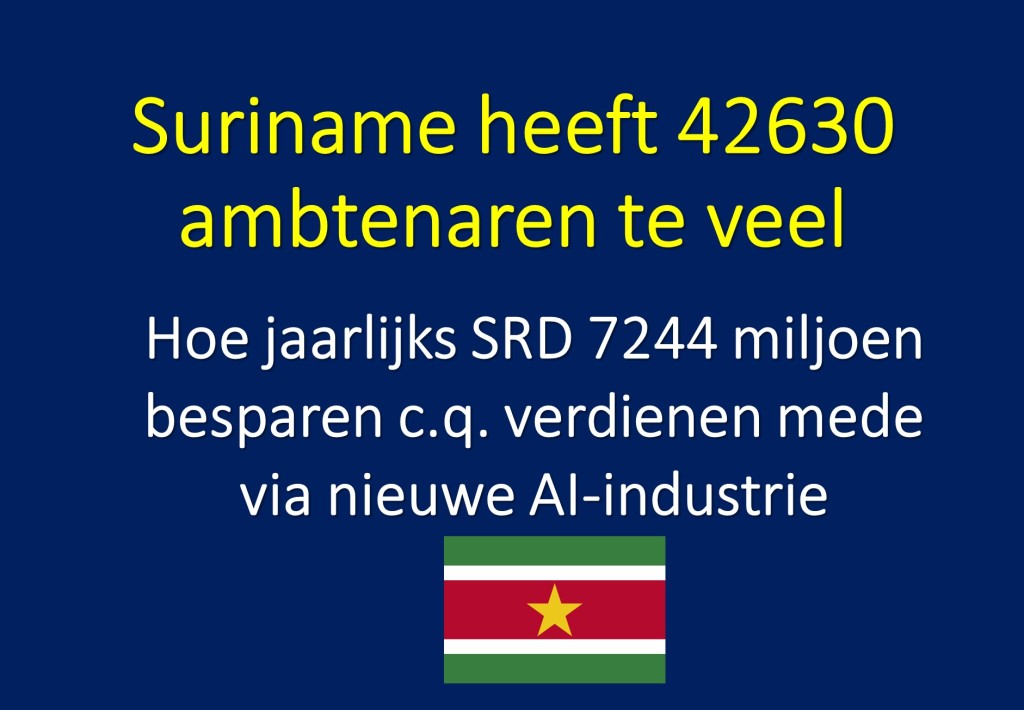
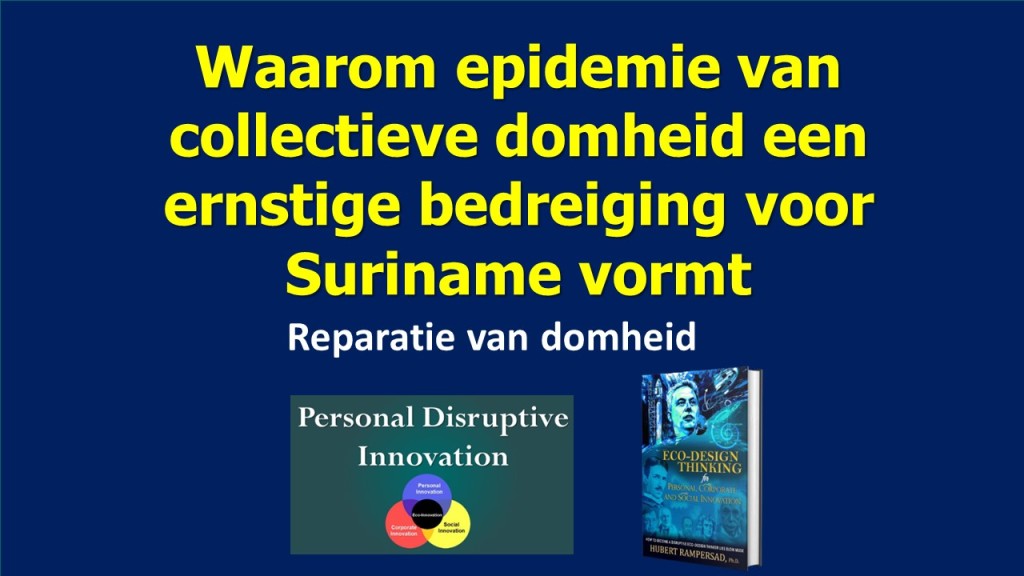
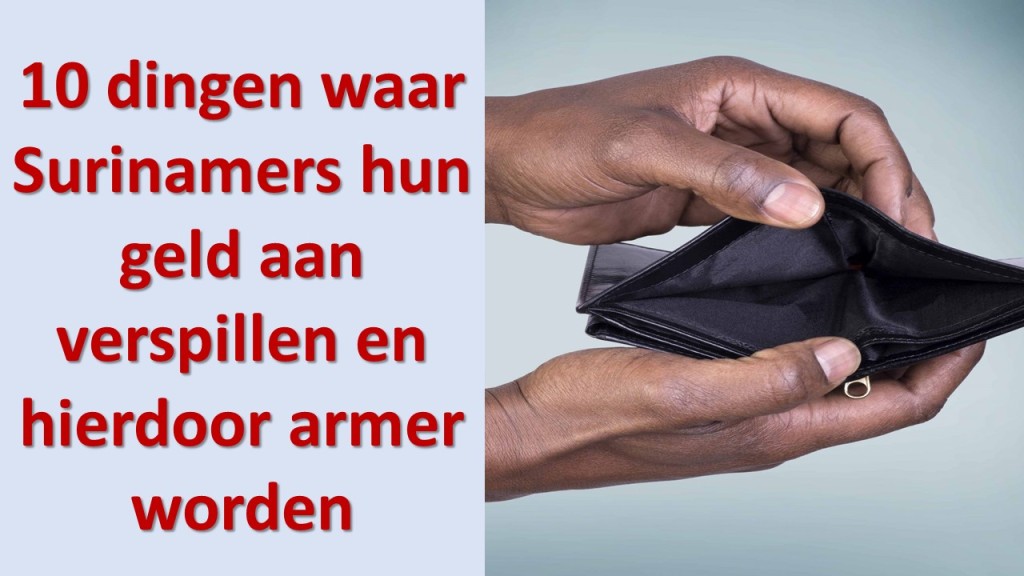
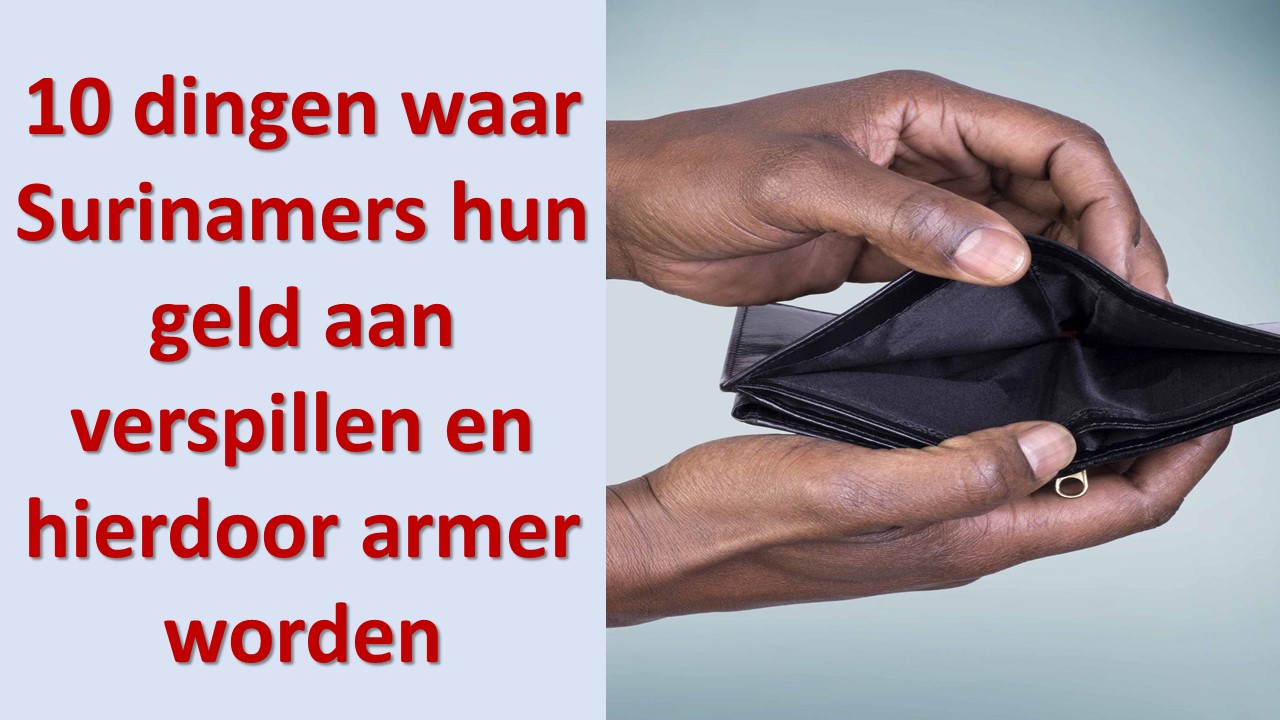
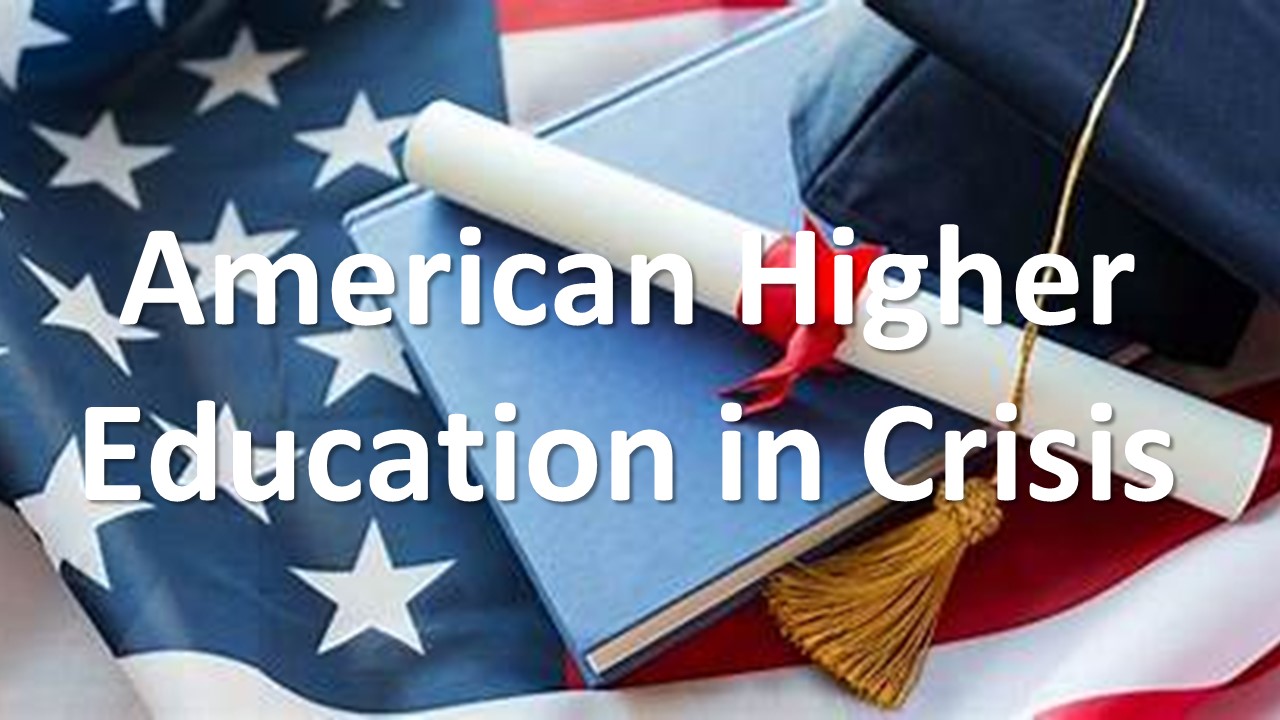
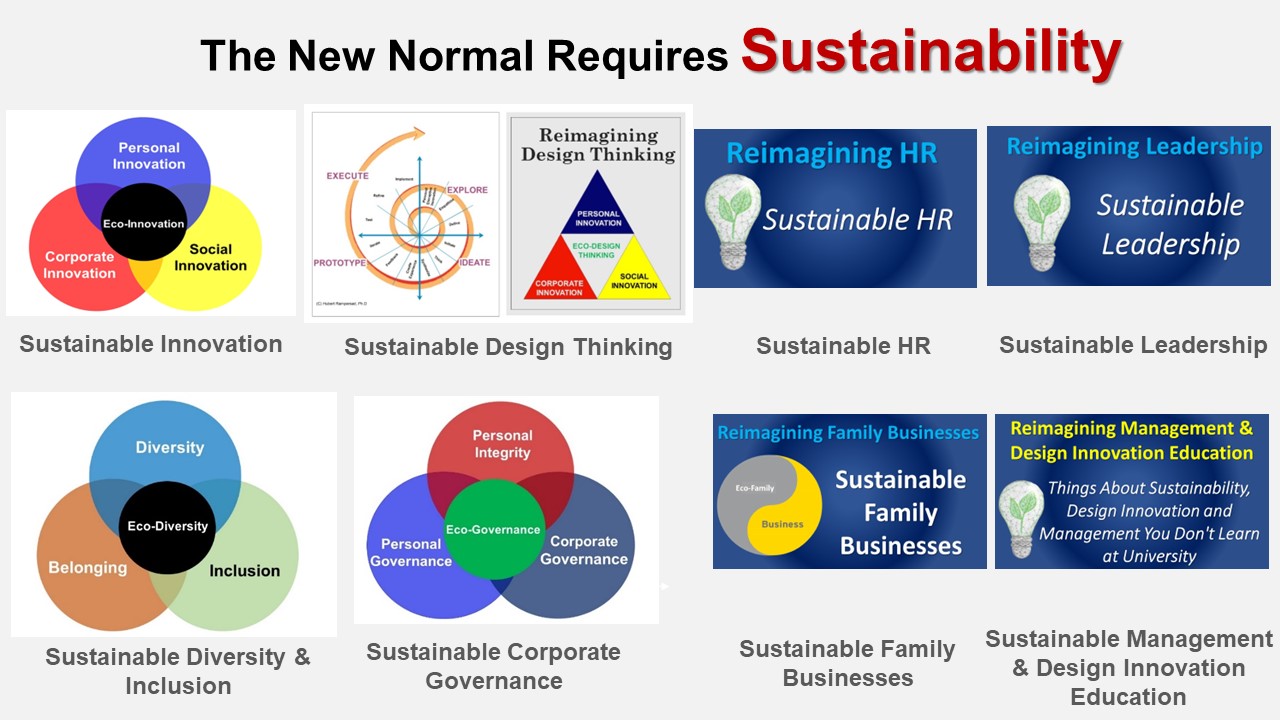
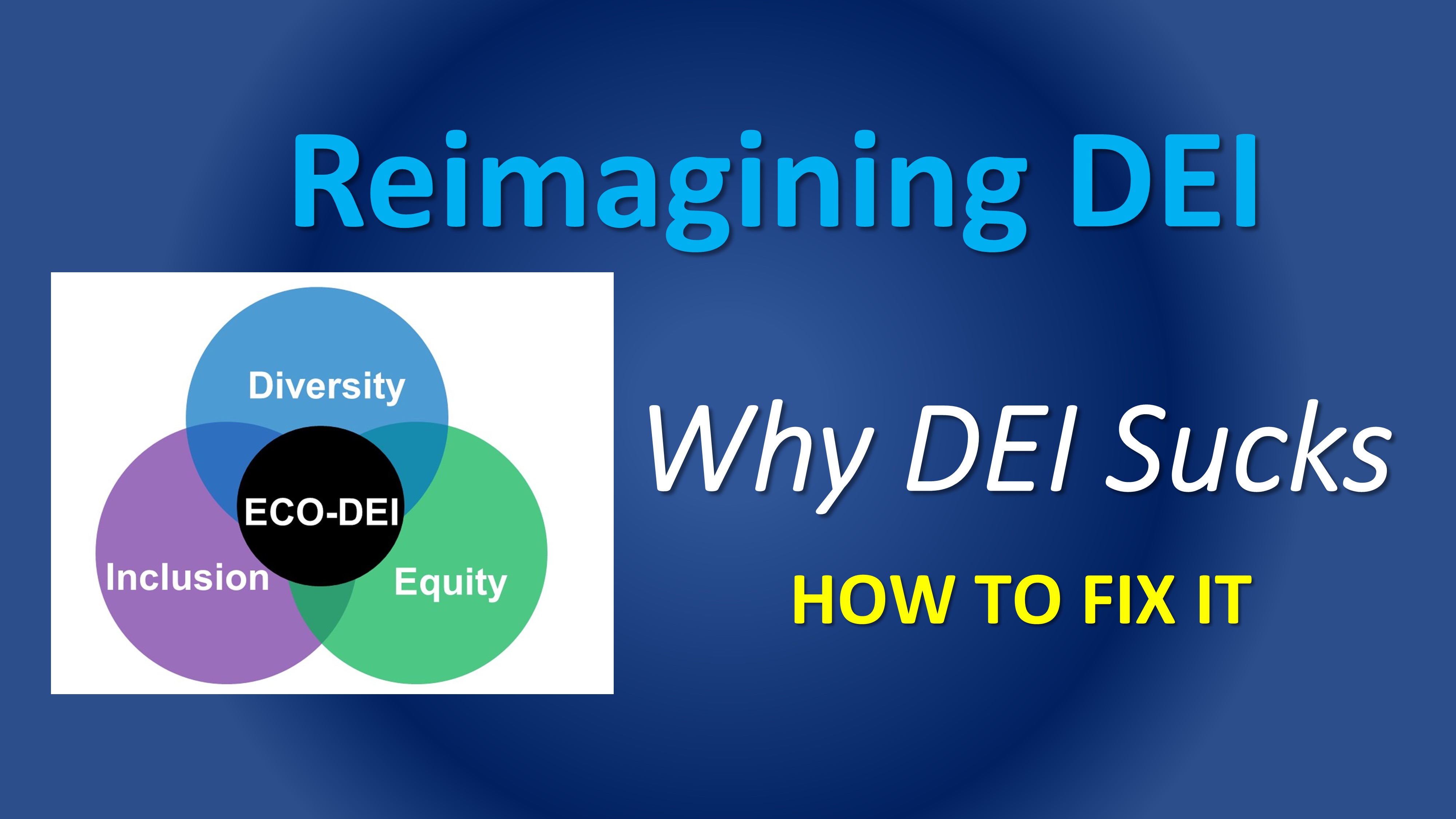
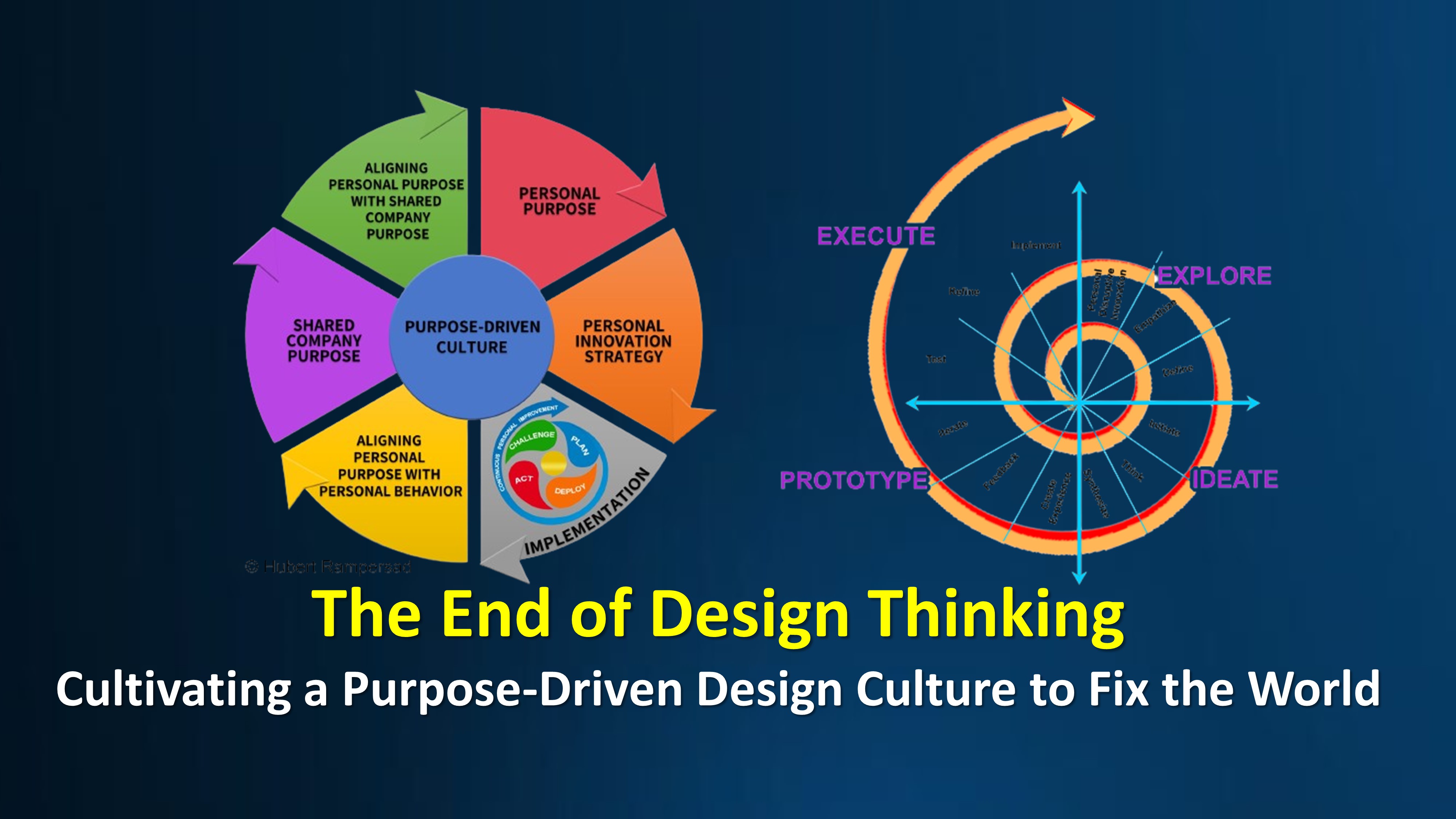
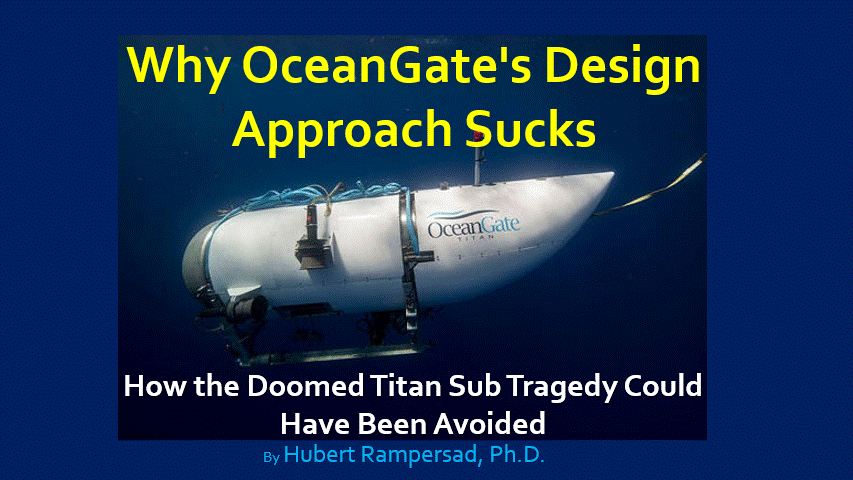
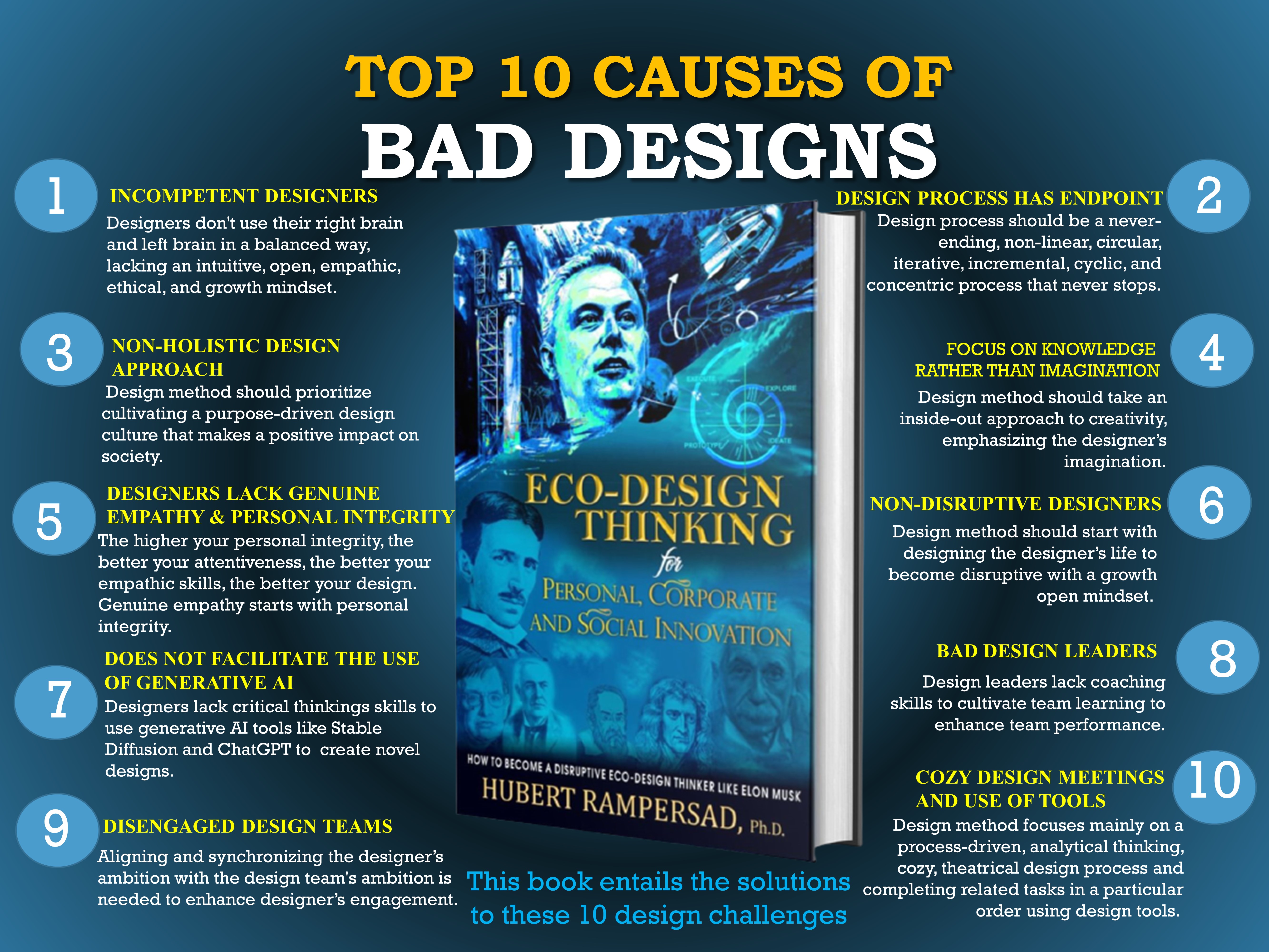
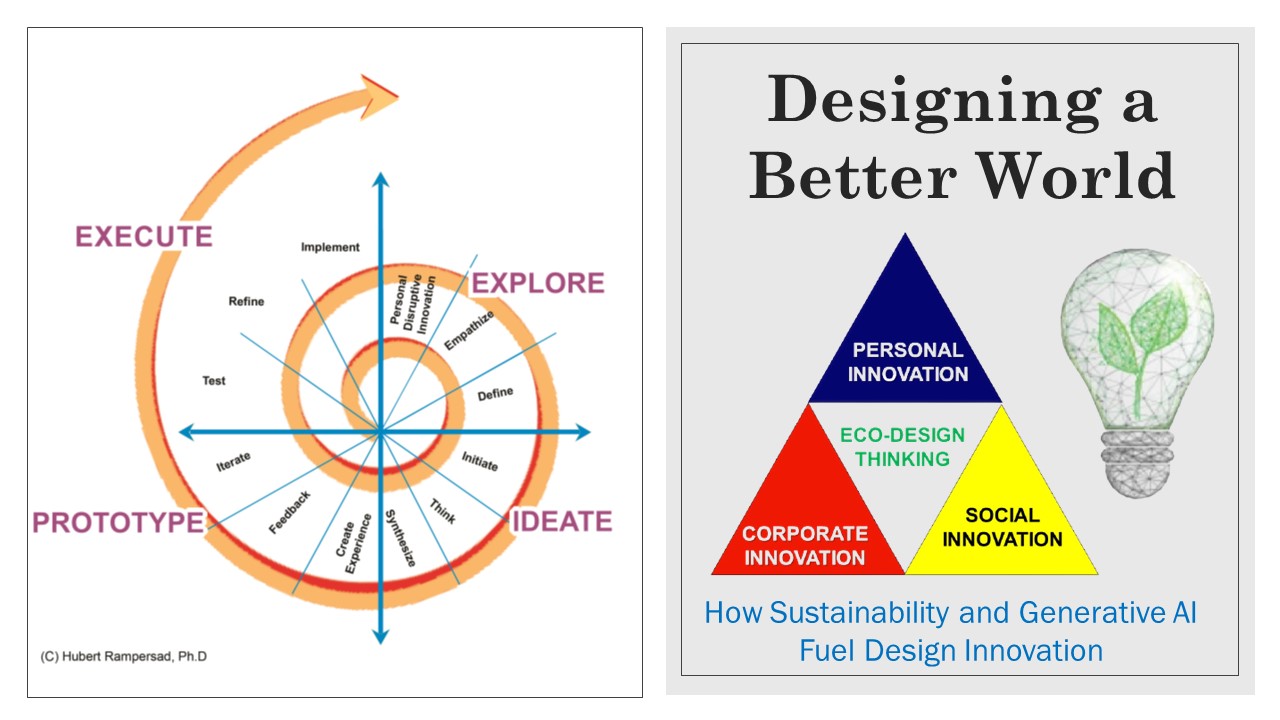
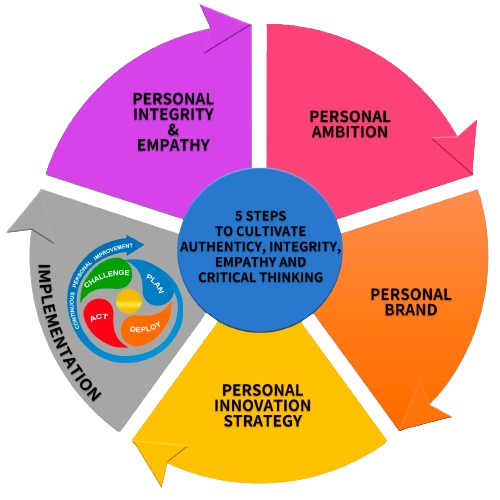

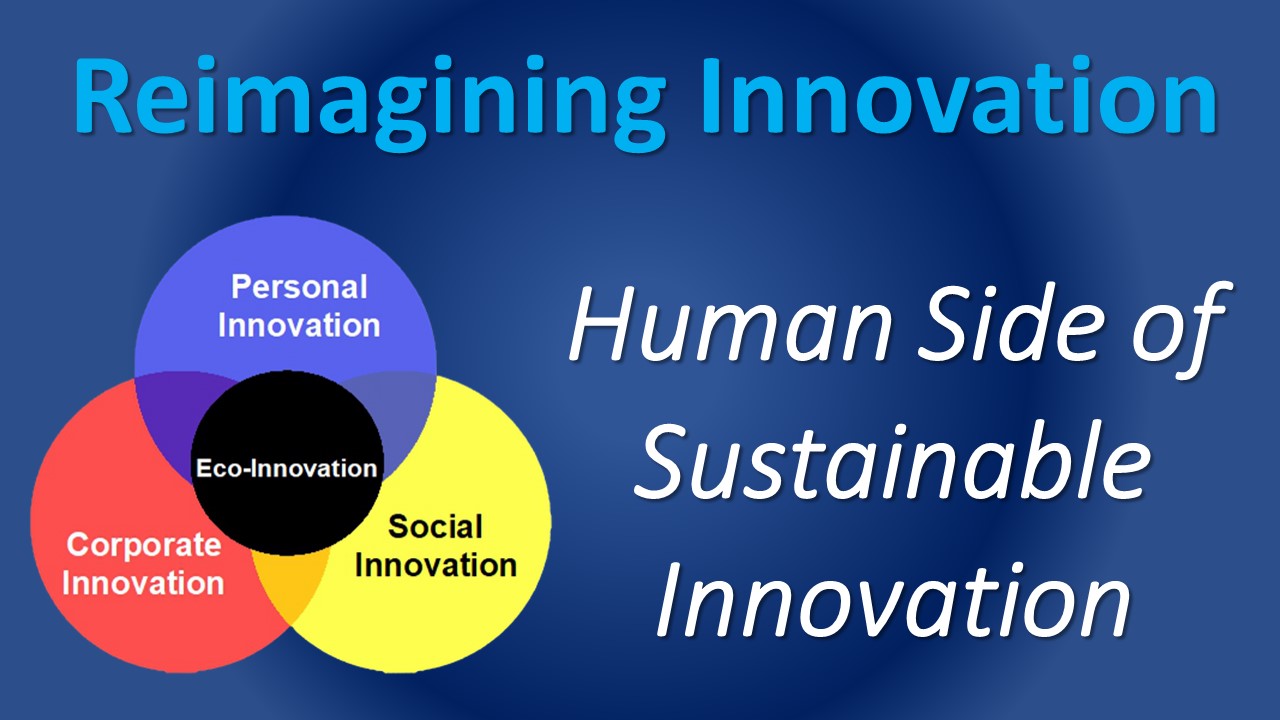
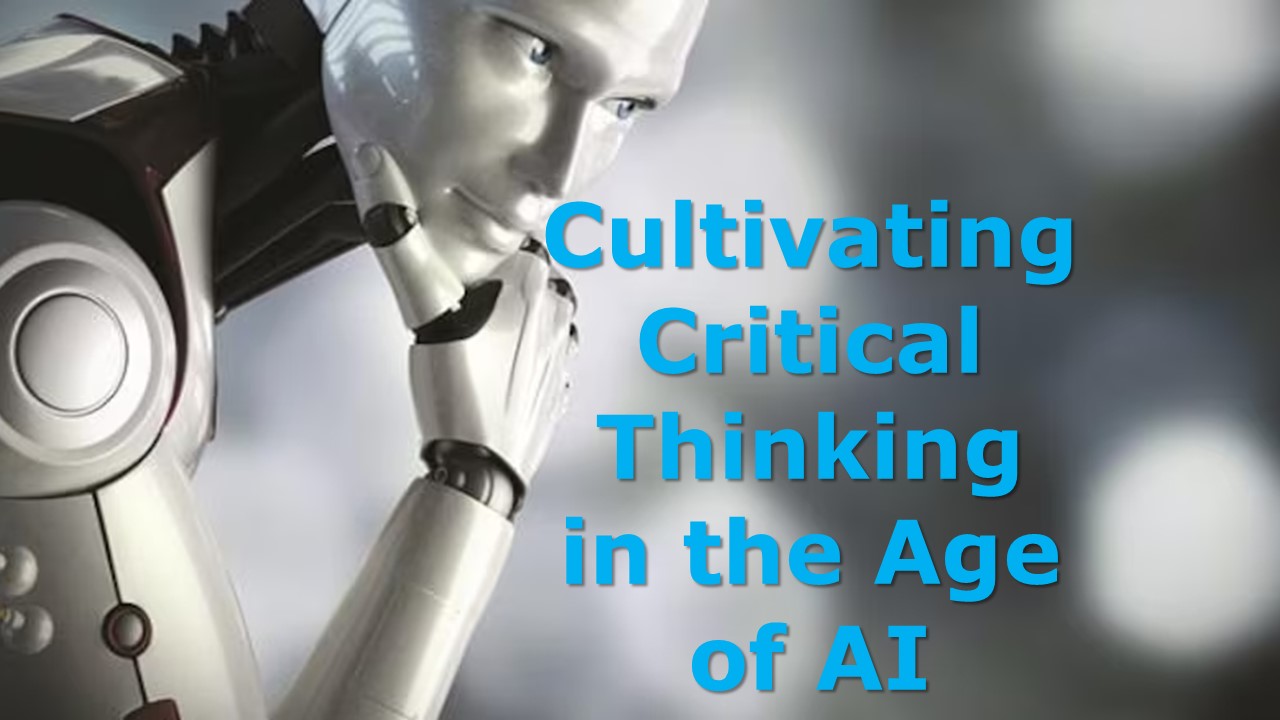
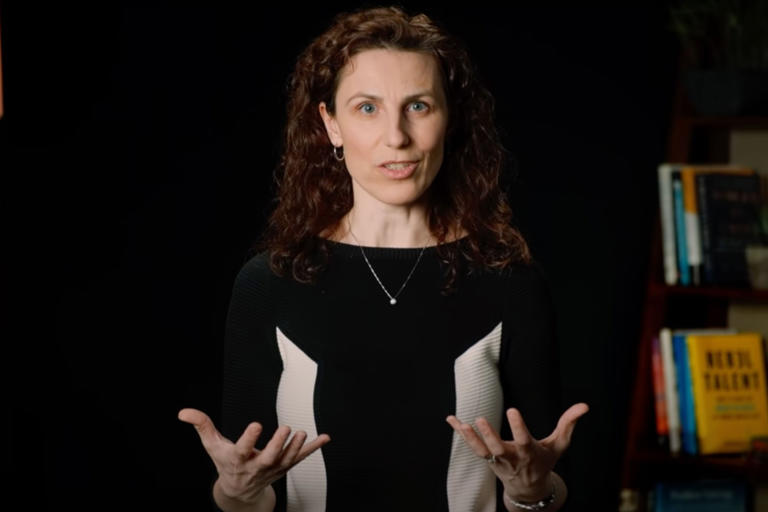
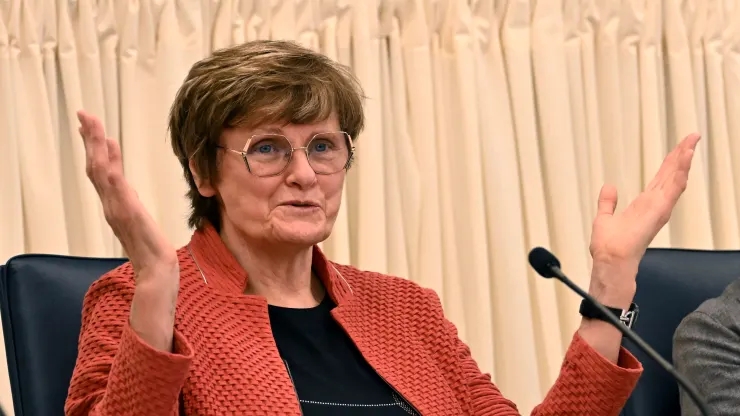
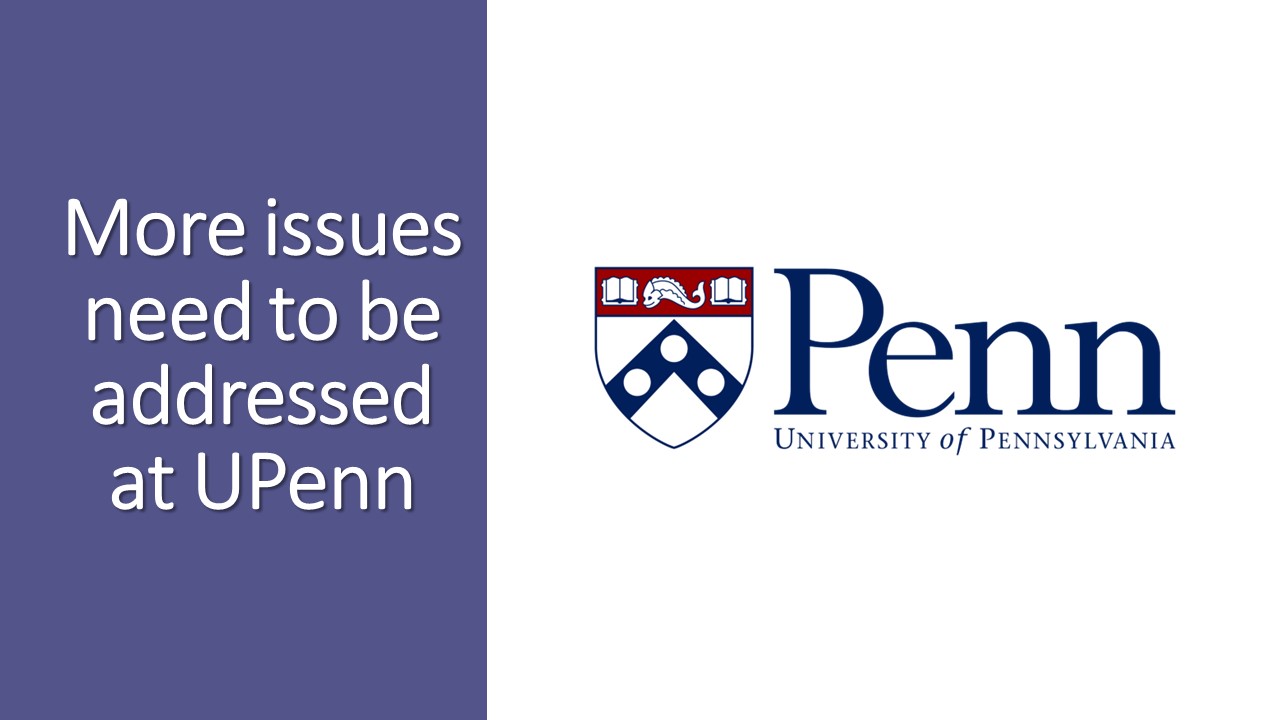
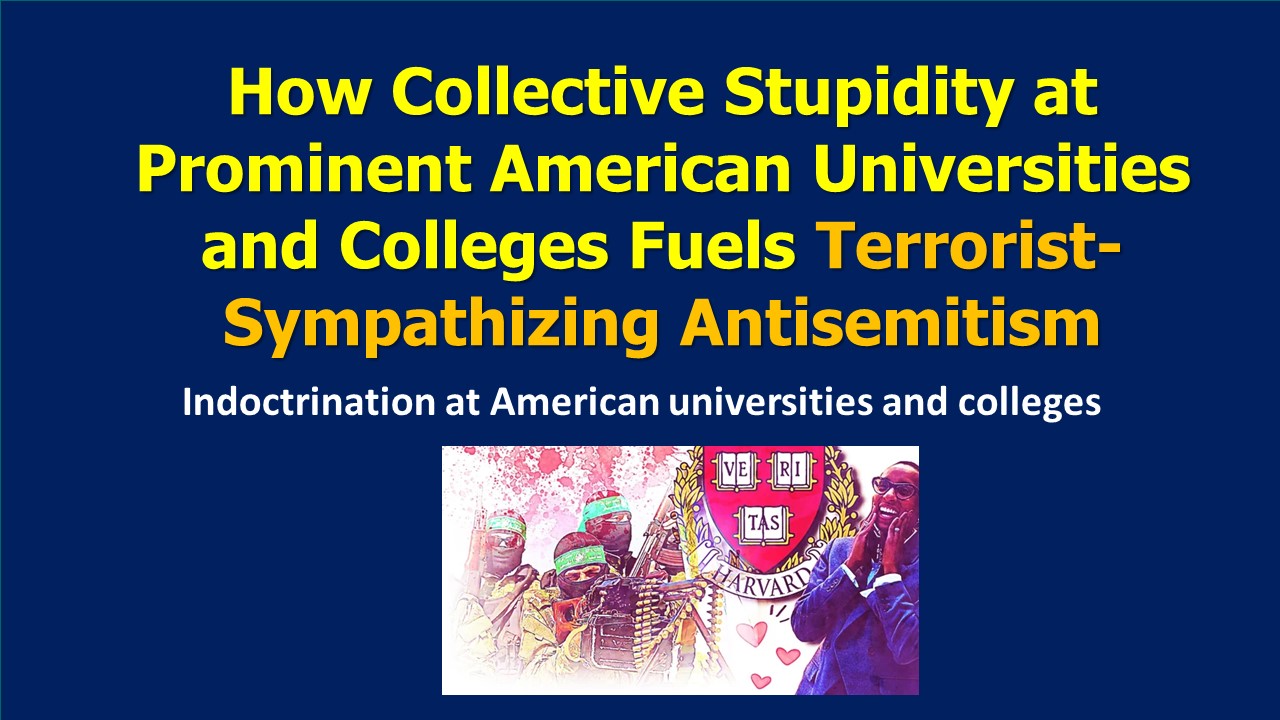
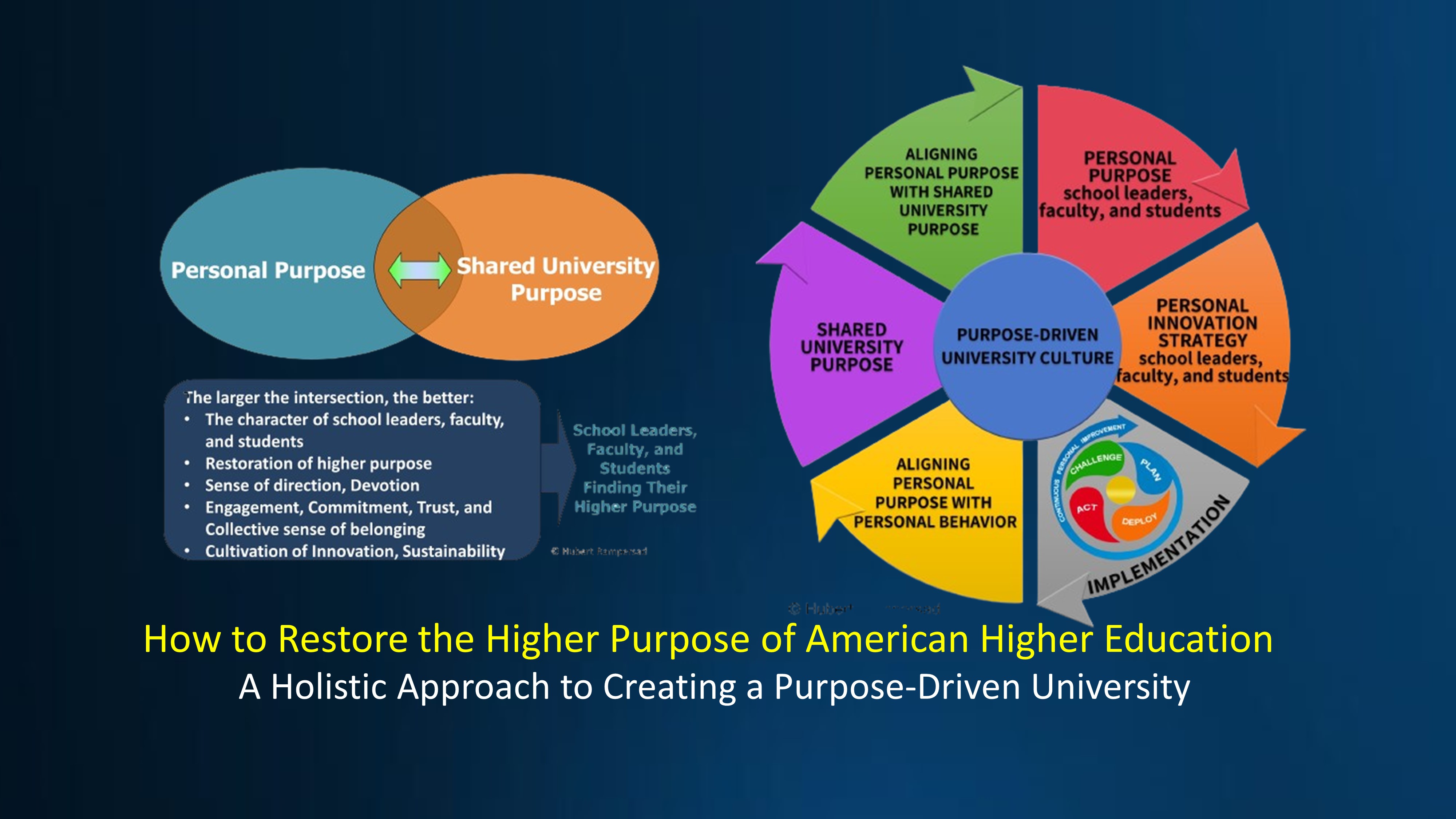
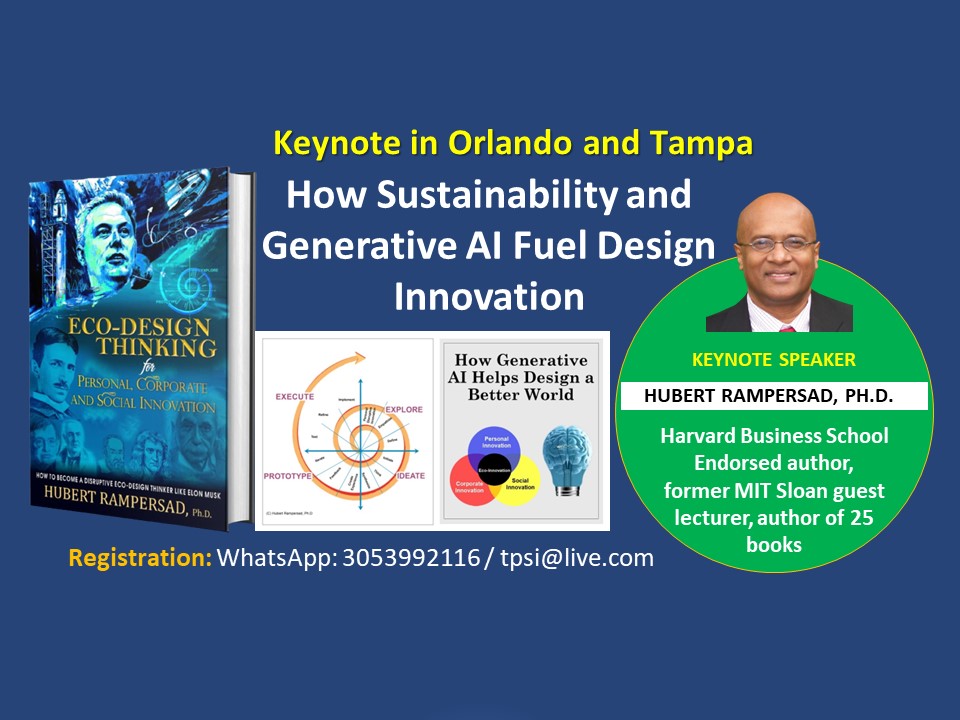

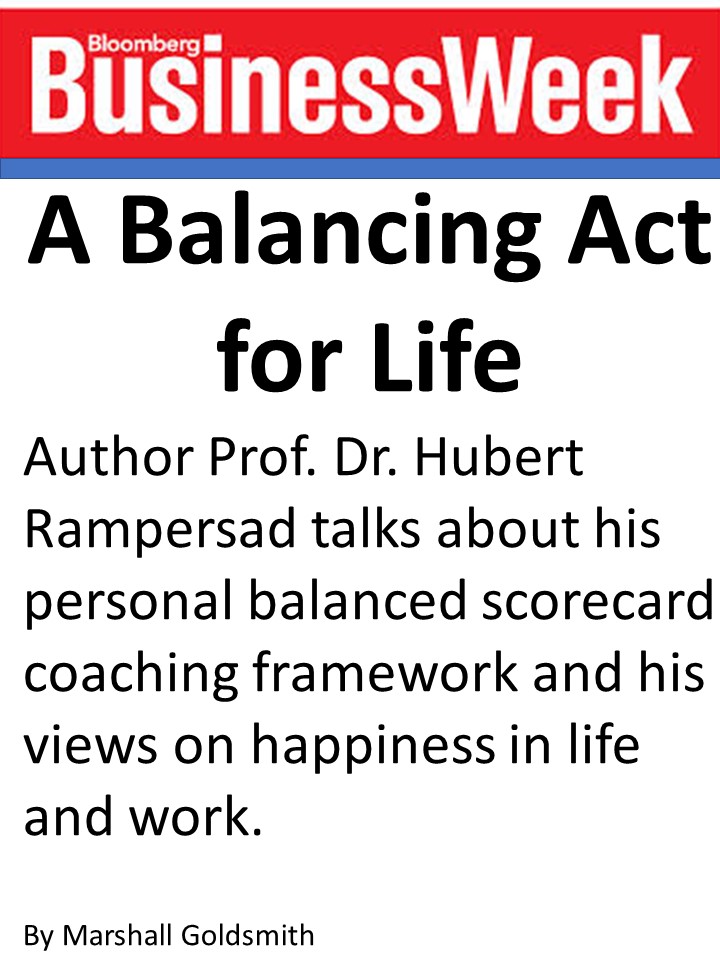
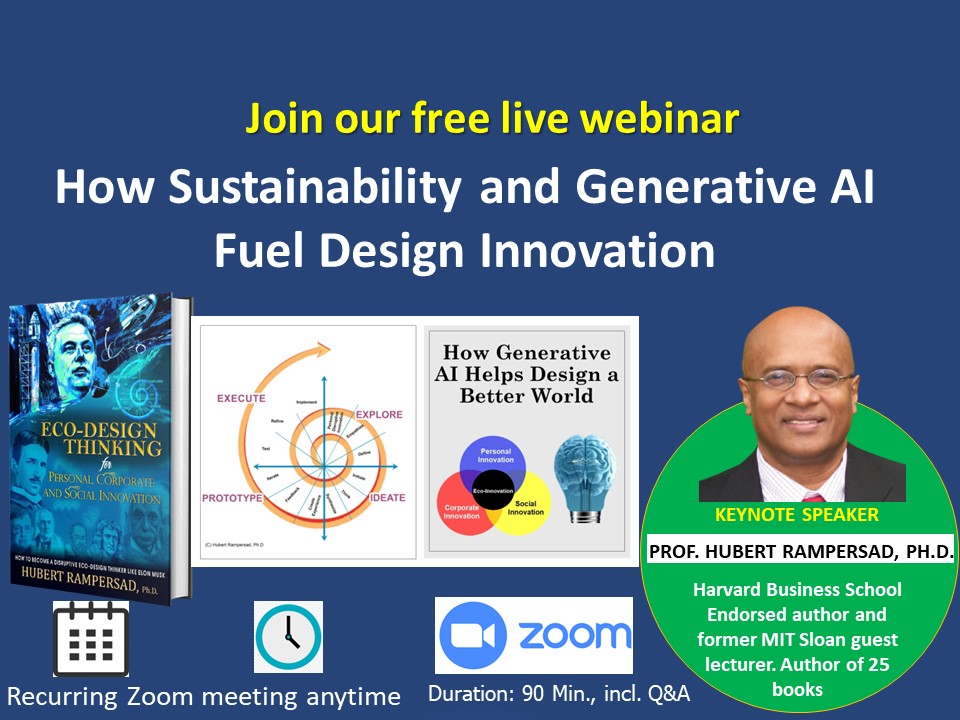
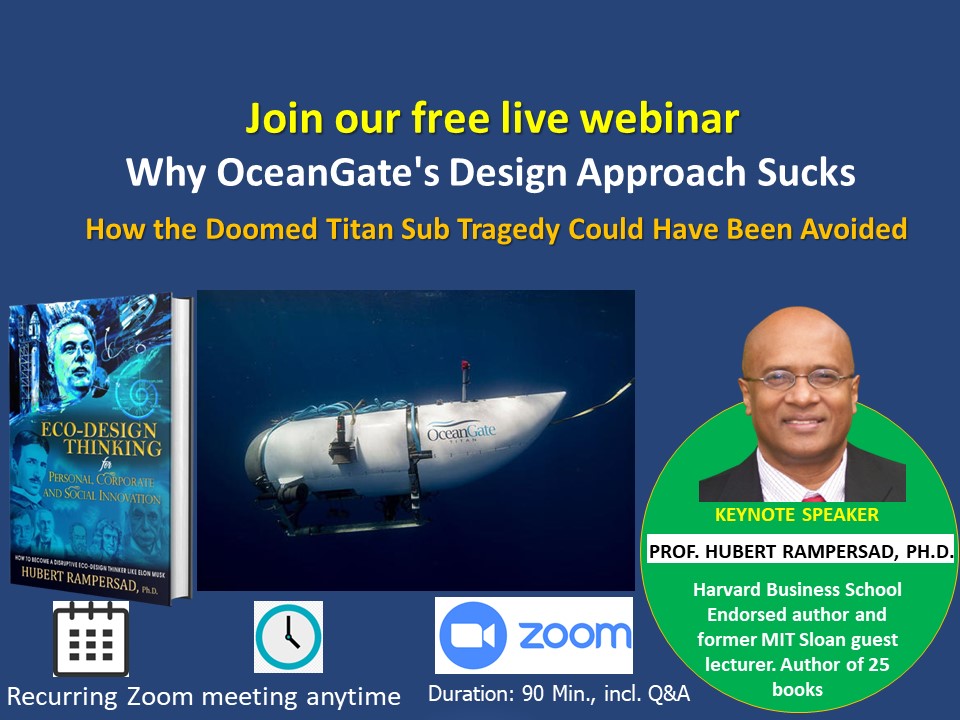
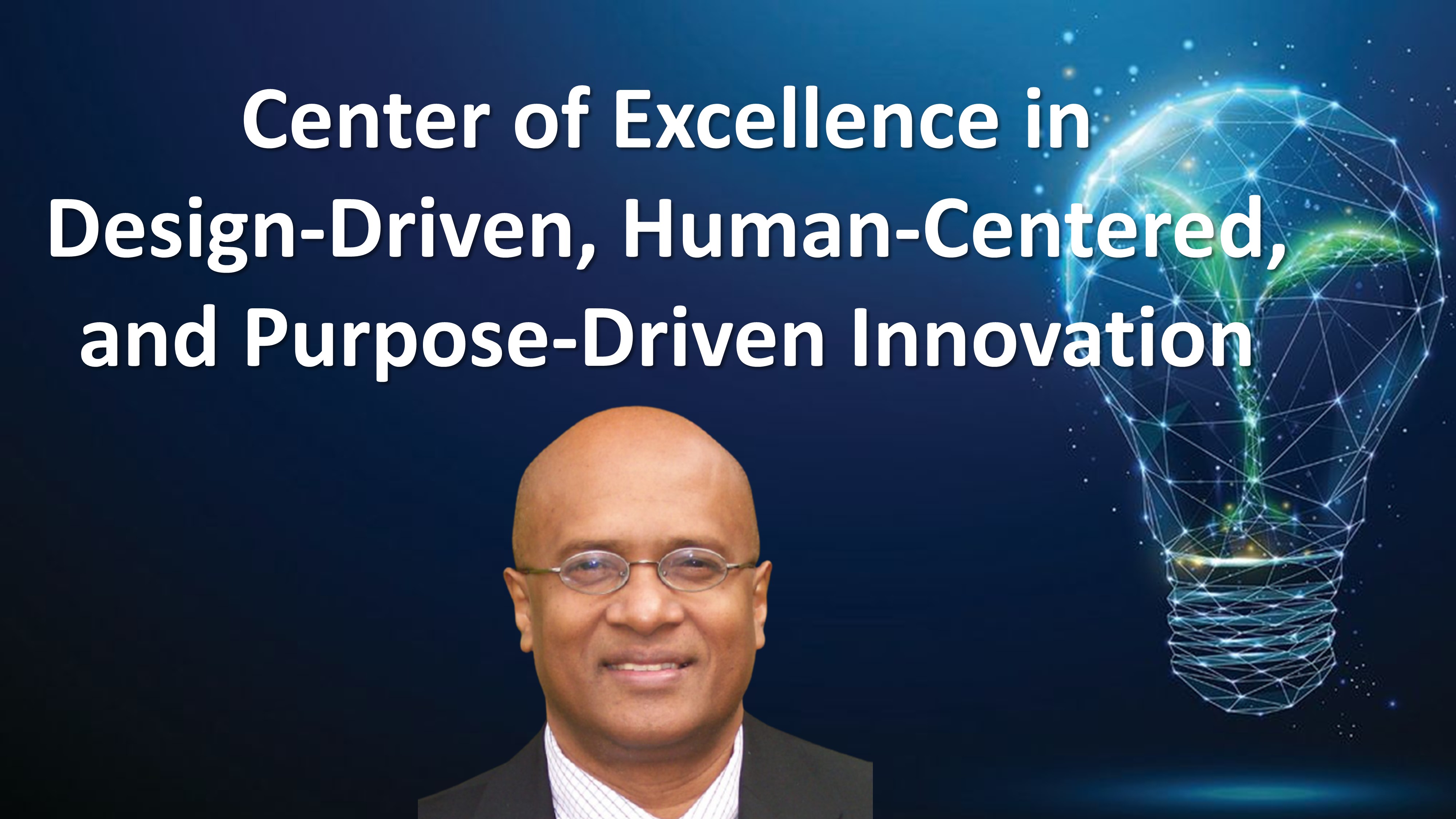
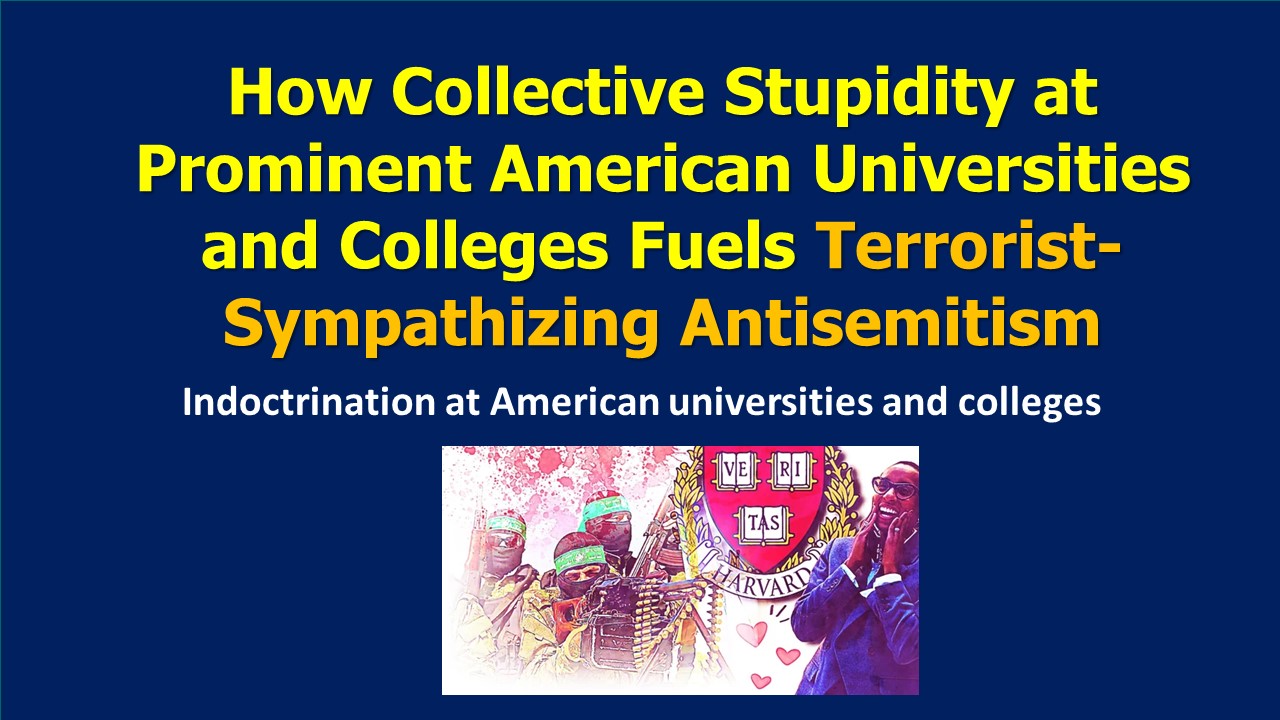
 three dozen Harvard student groups issued statements in support of Palestine following the Hamas terrorist attack that killed 1,300 innocent civilians, including 29 Americans, read
three dozen Harvard student groups issued statements in support of Palestine following the Hamas terrorist attack that killed 1,300 innocent civilians, including 29 Americans, read  violence.’ Read
violence.’ Read 


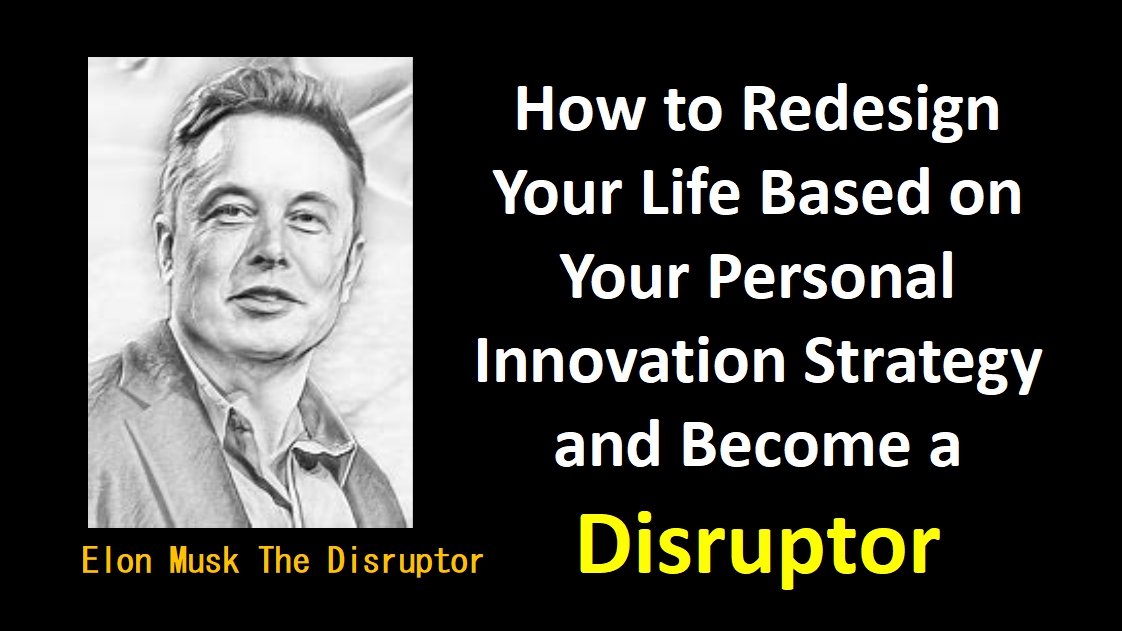
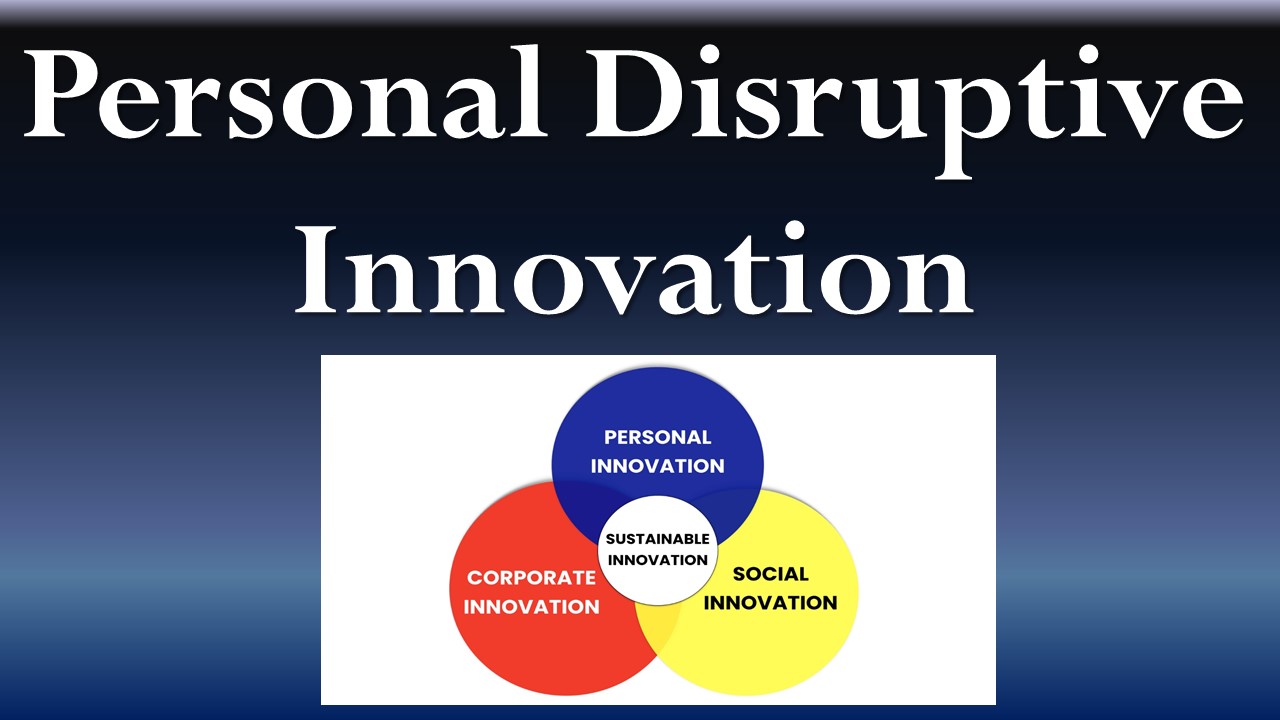

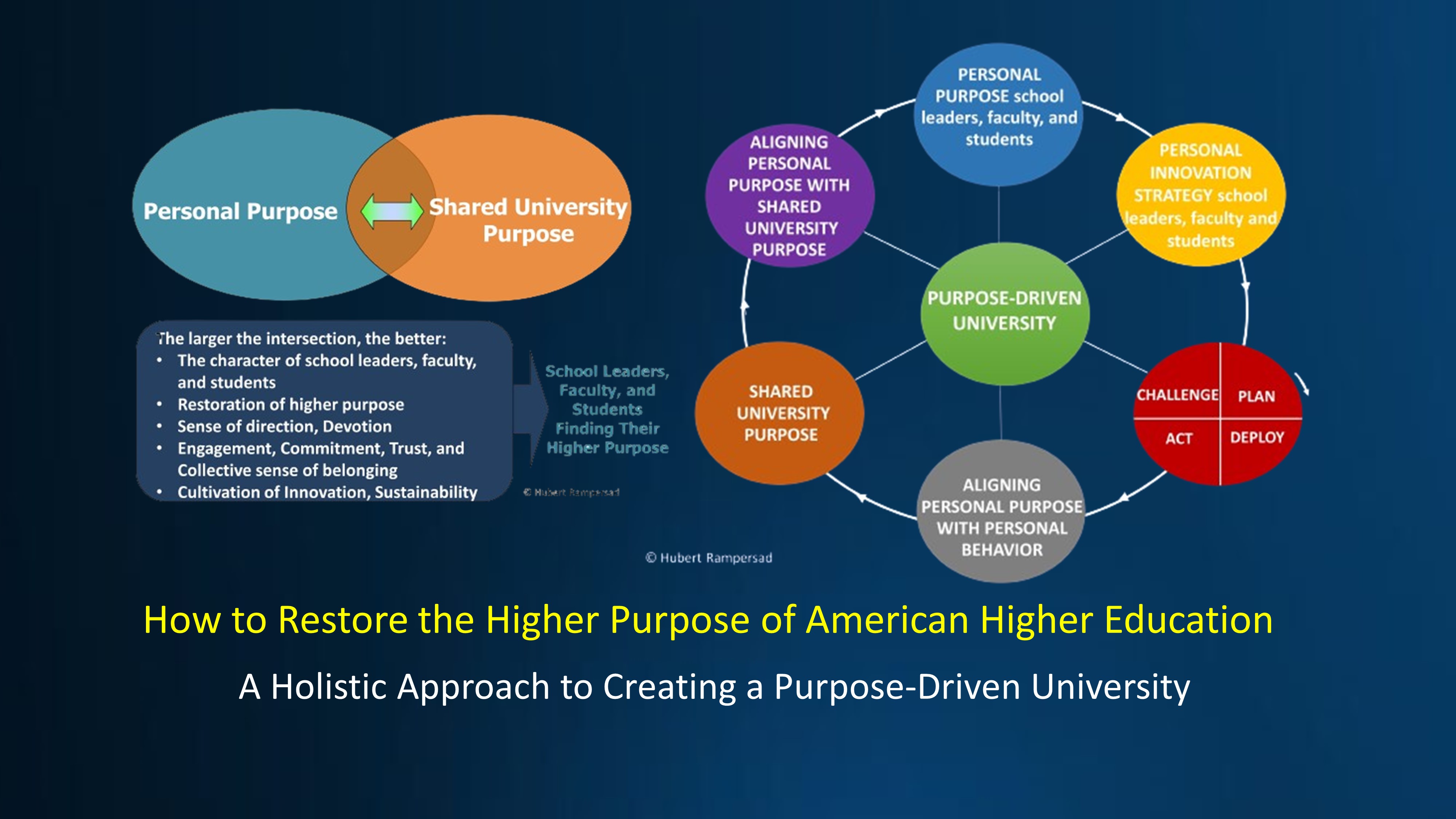

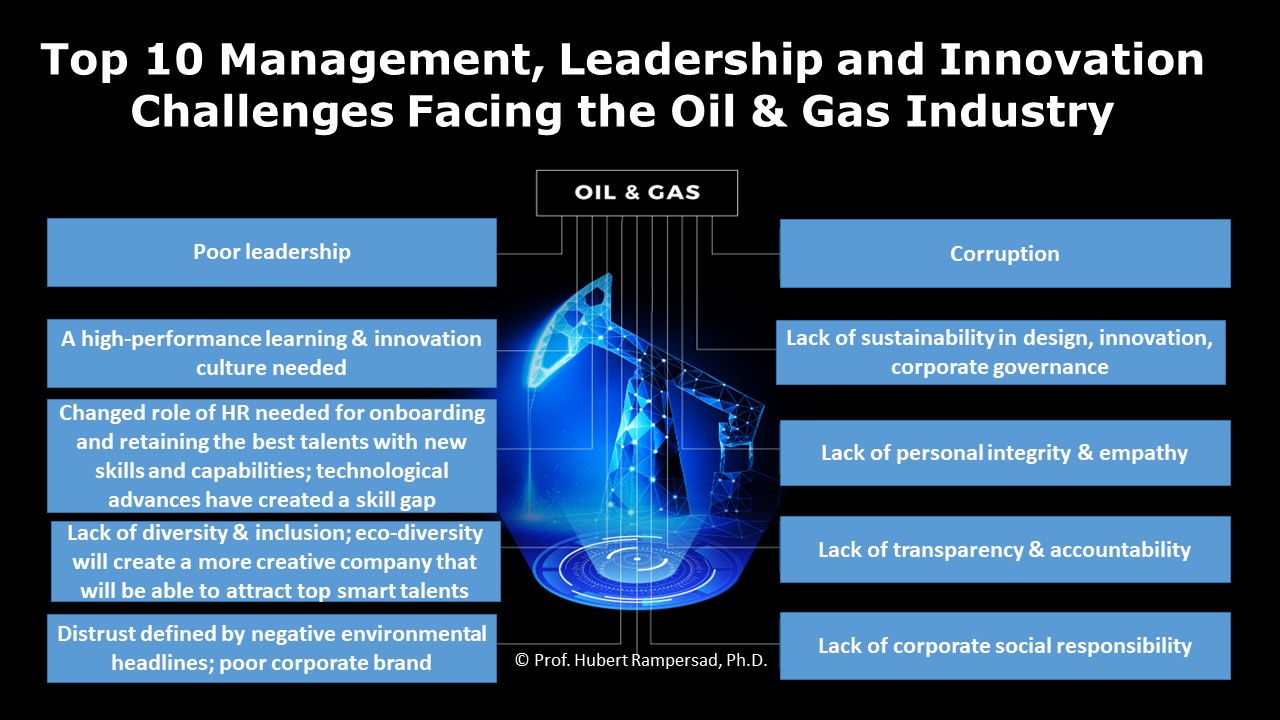
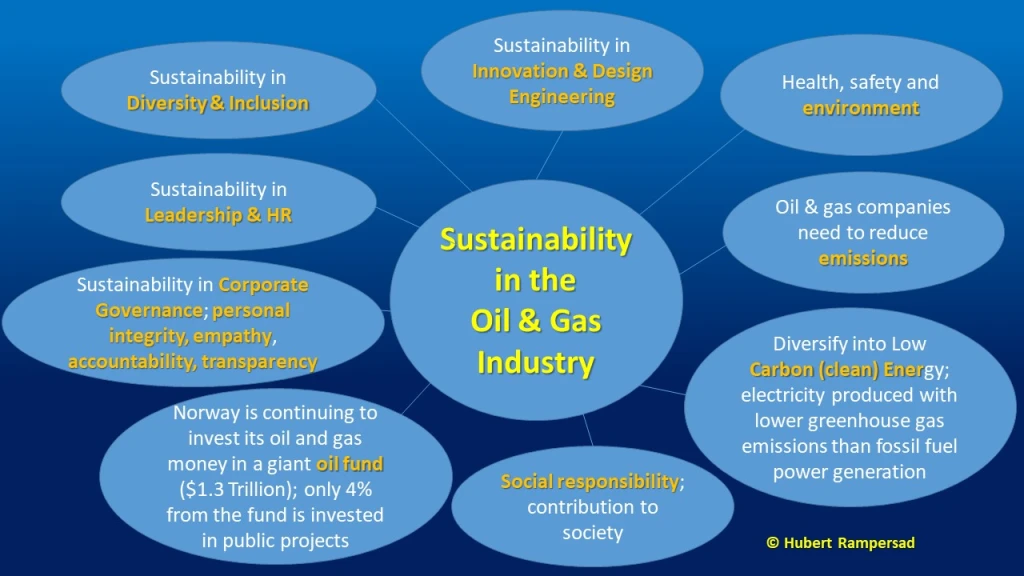
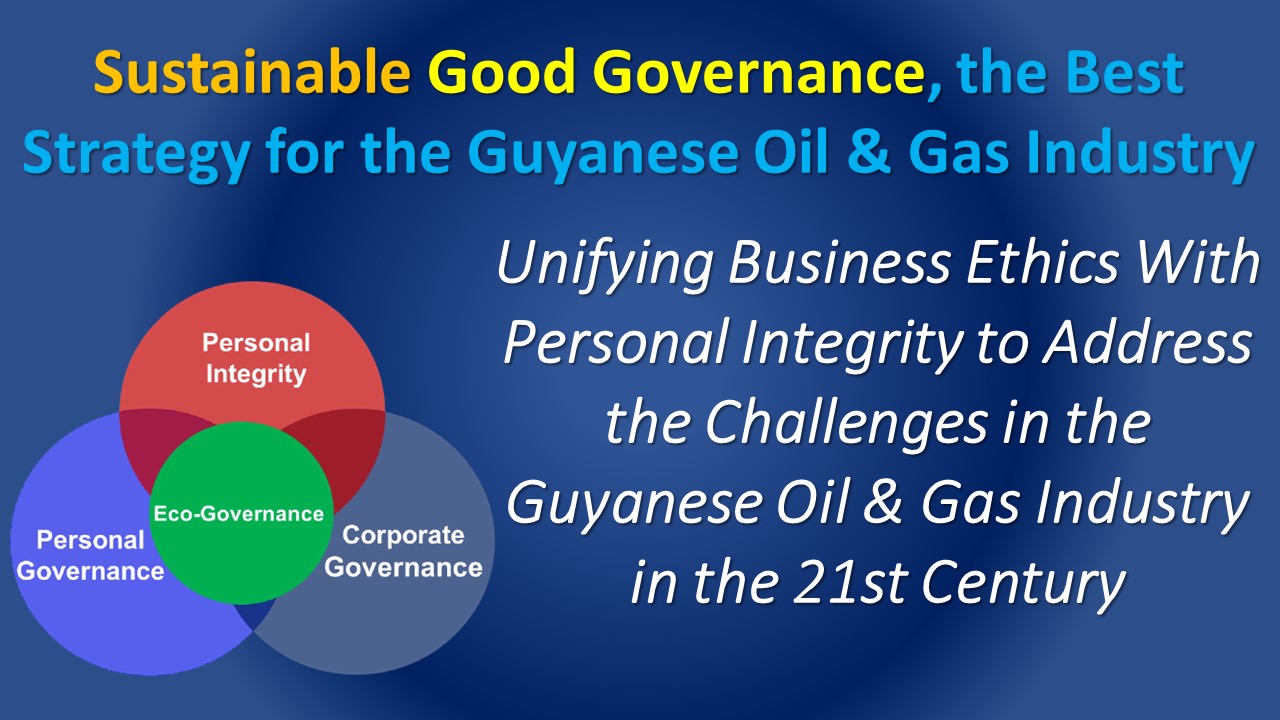
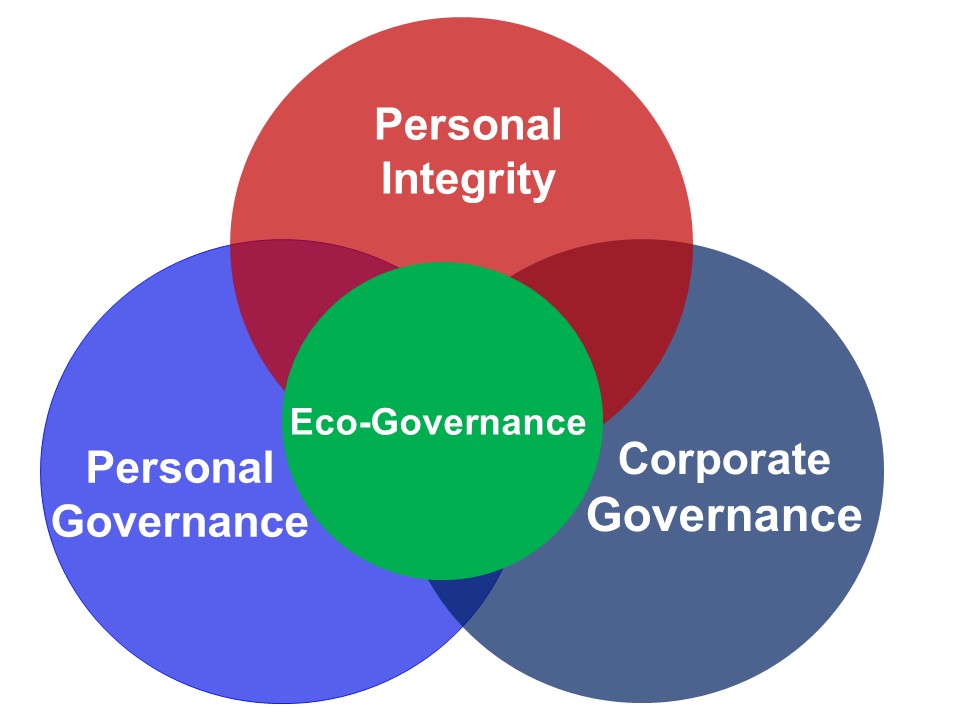
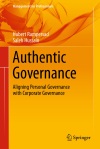
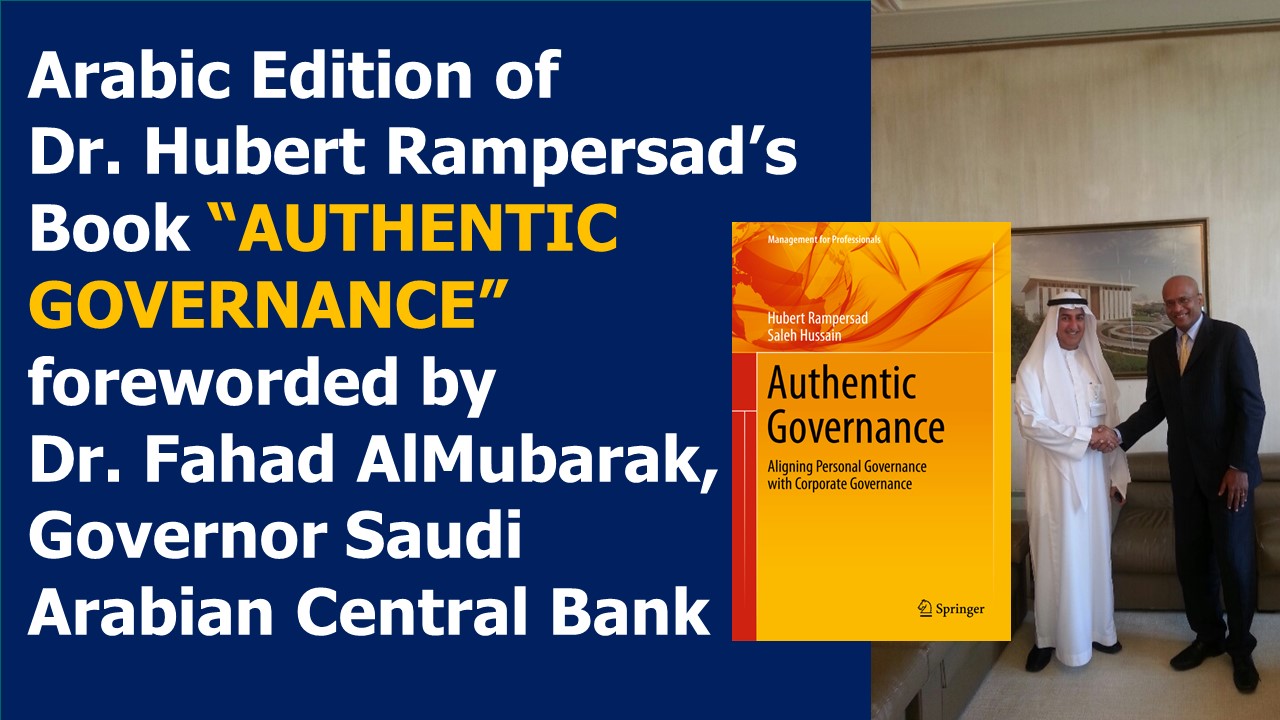
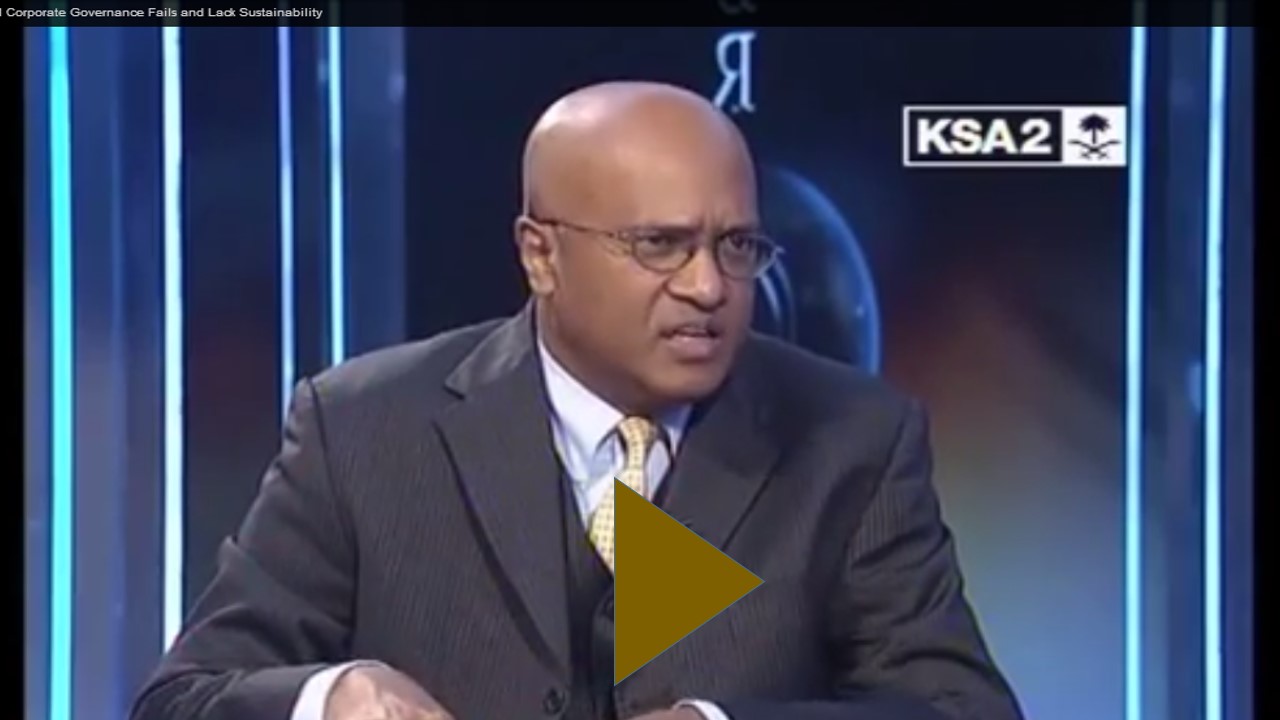
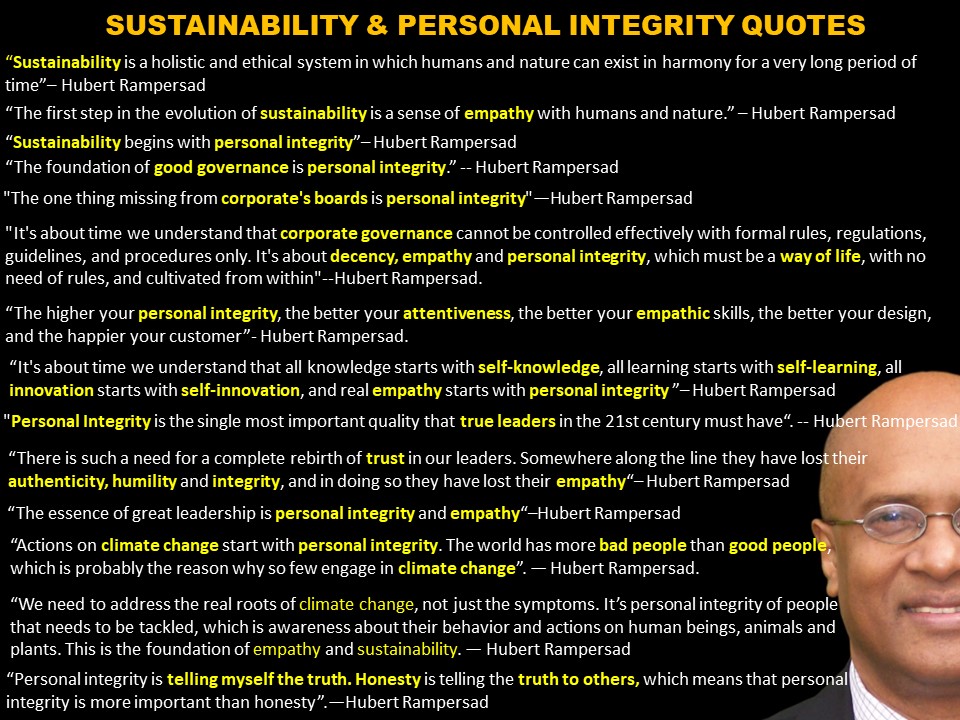
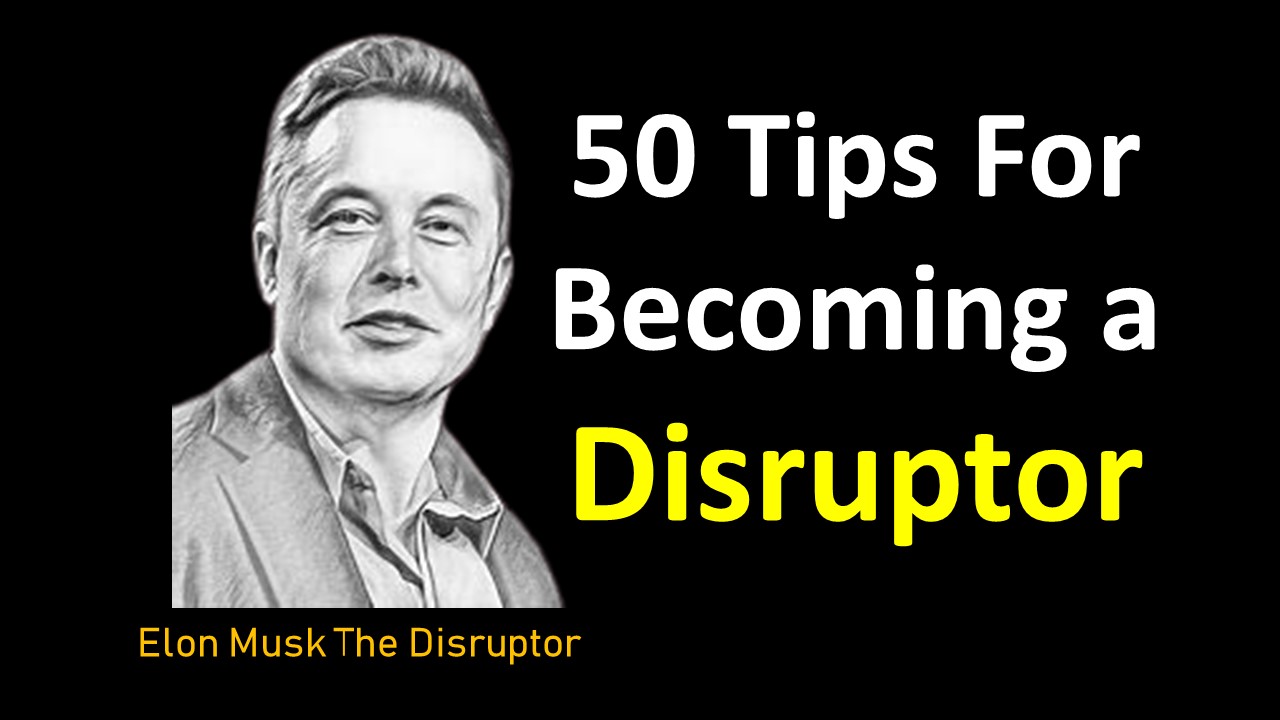
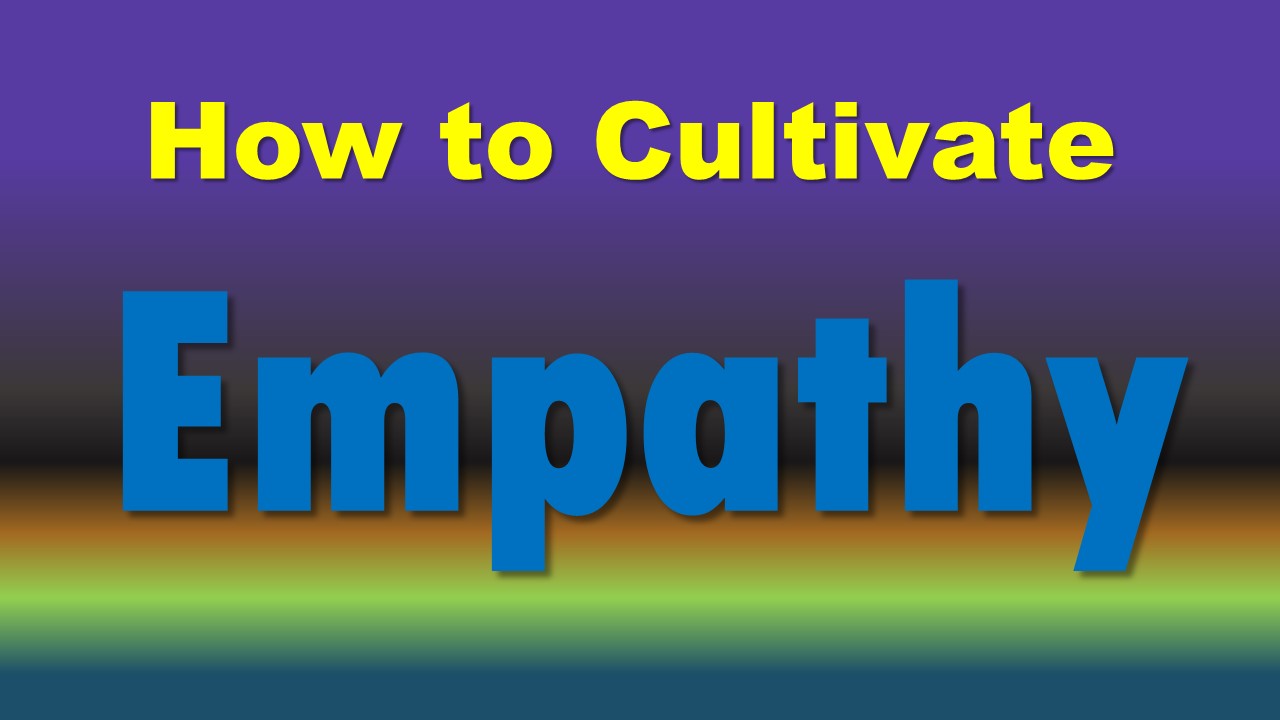 How to Cultivate Empathy”.
How to Cultivate Empathy”. 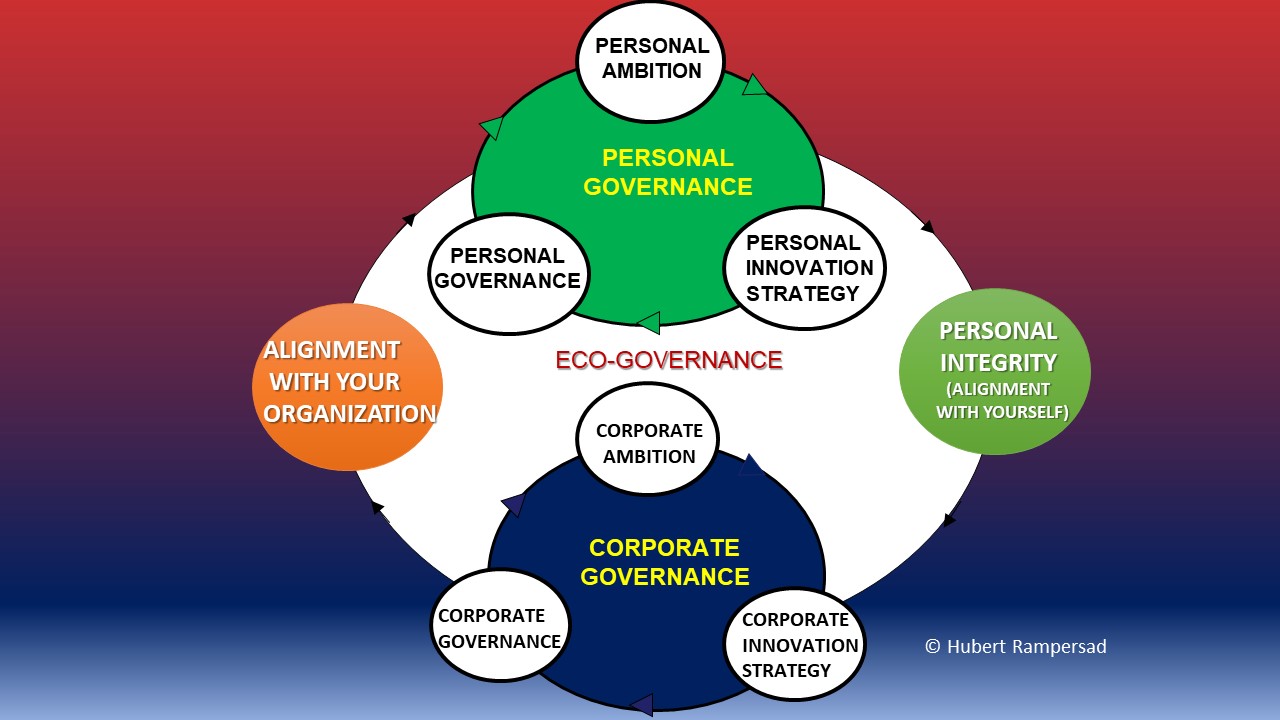
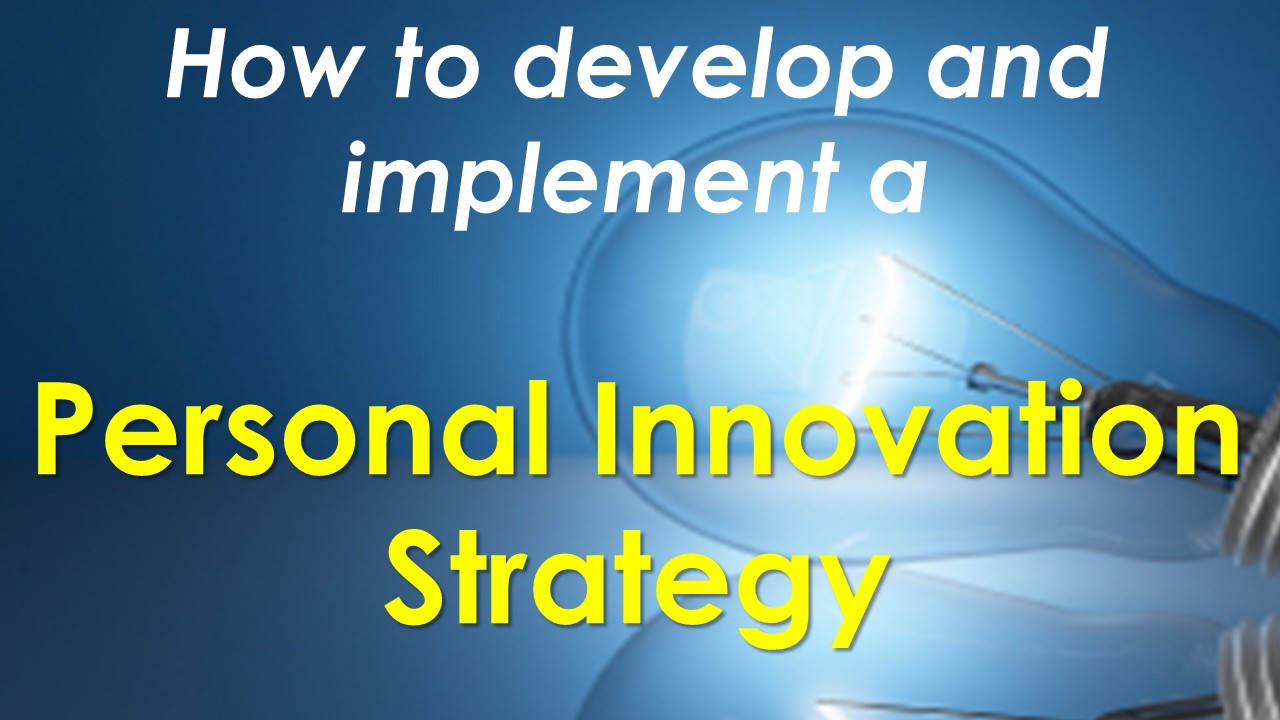 personal ambition, which I call a Personal Innovation Strategy (PIS). It’s about translating your personal ambition into action, which I have described in detail in my article
personal ambition, which I call a Personal Innovation Strategy (PIS). It’s about translating your personal ambition into action, which I have described in detail in my article 
